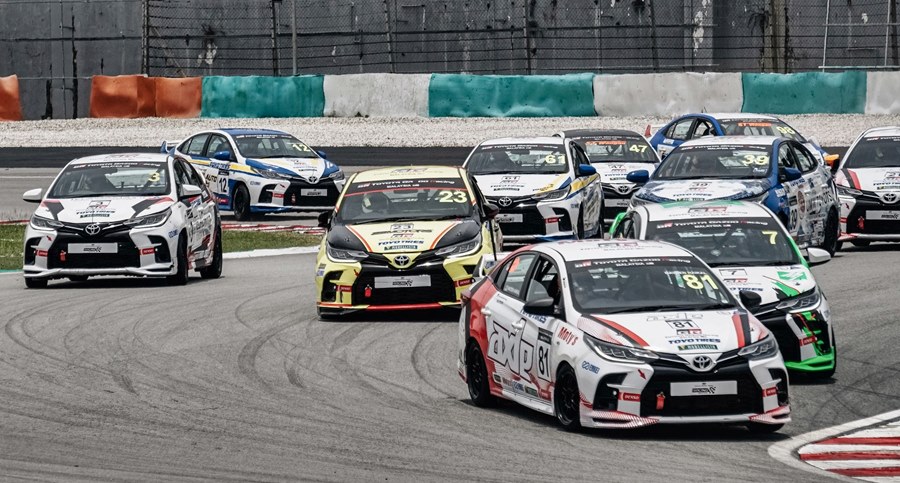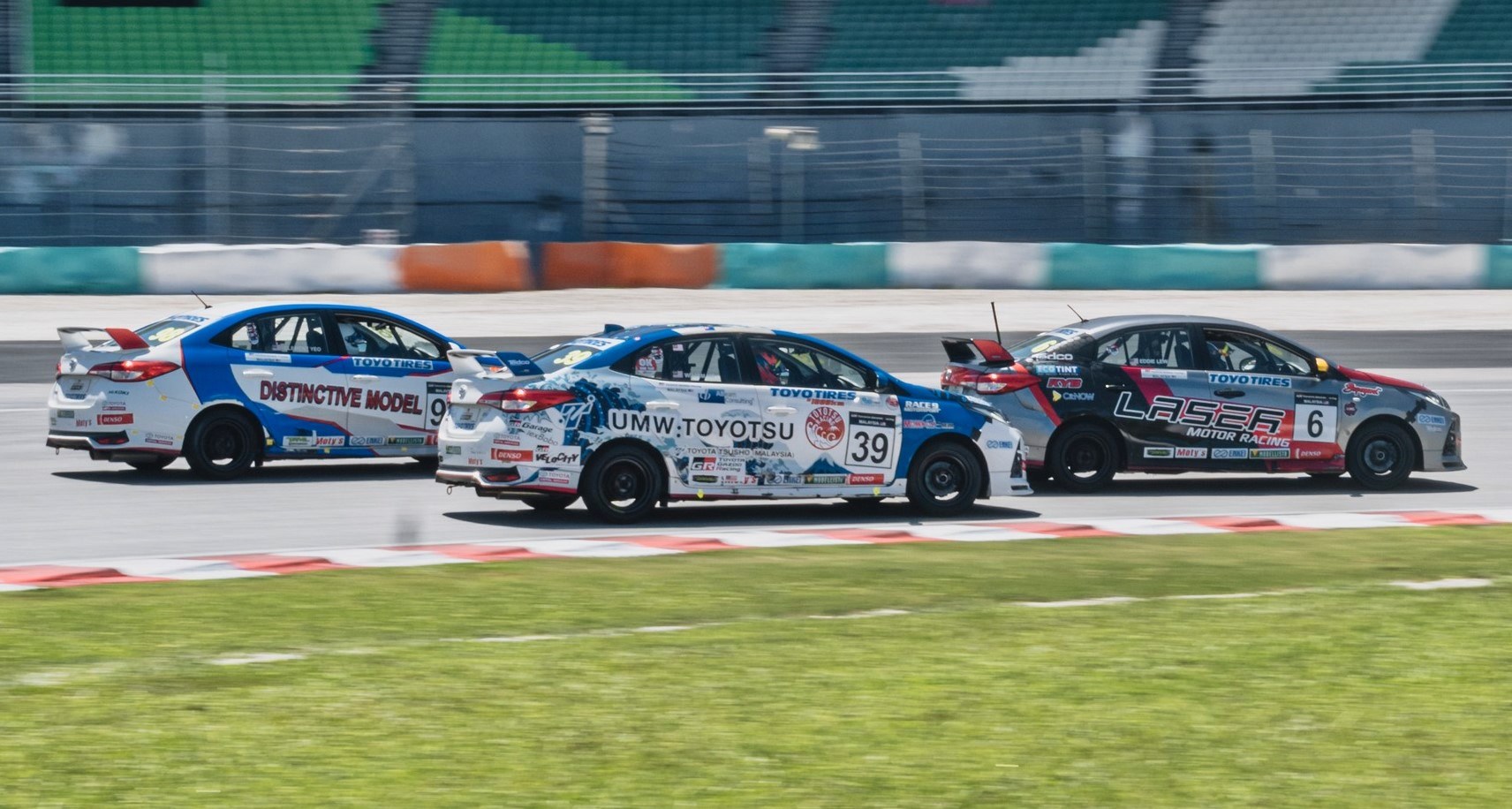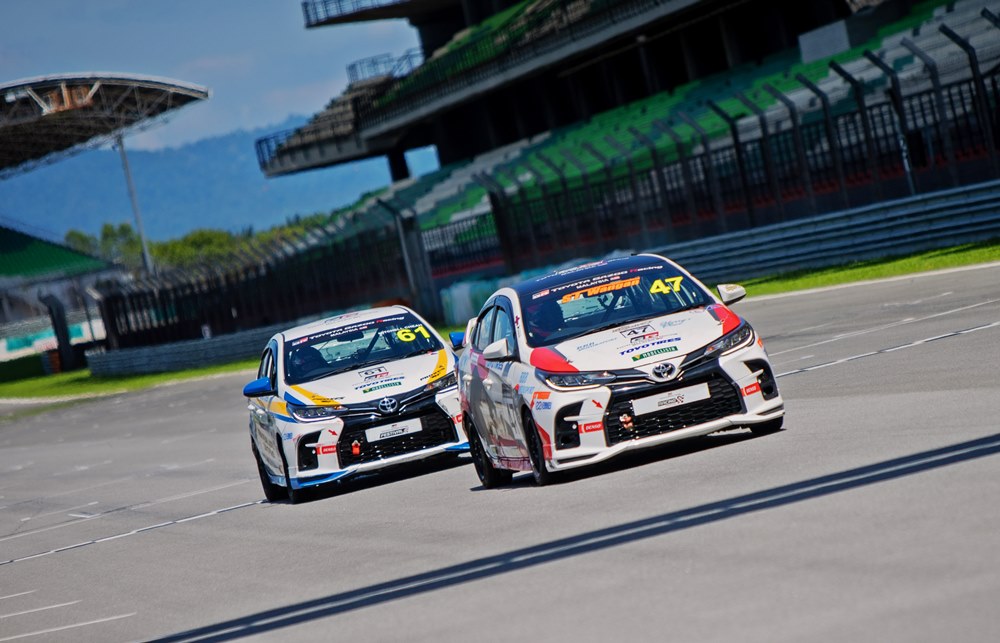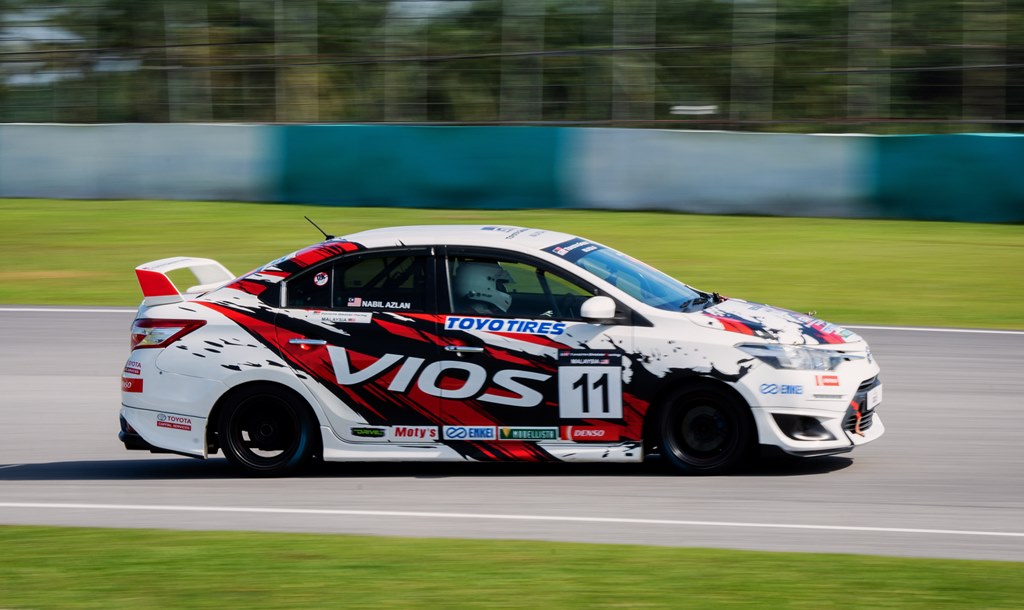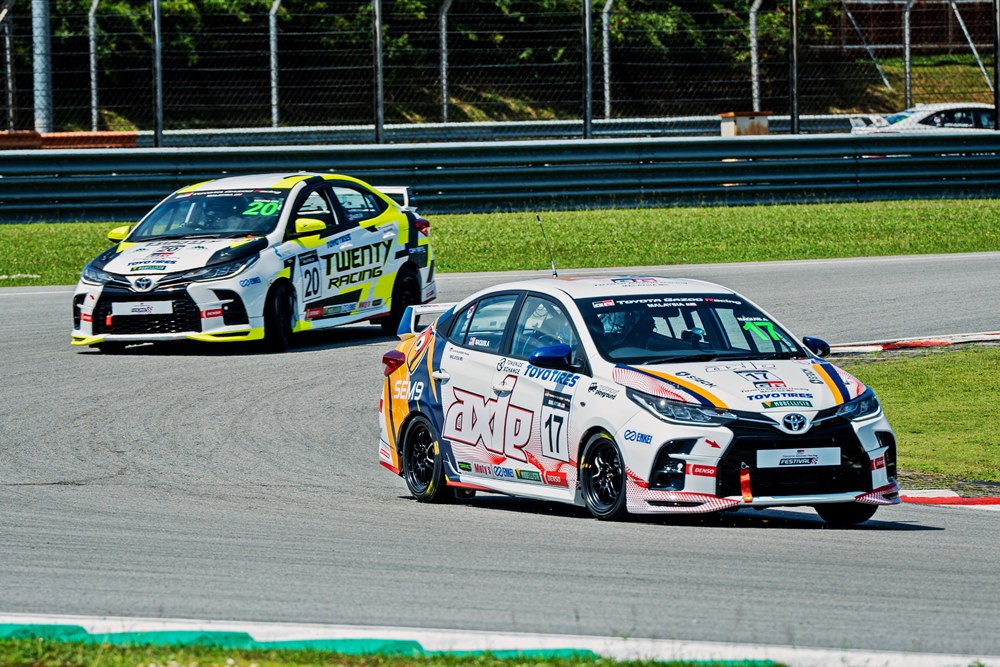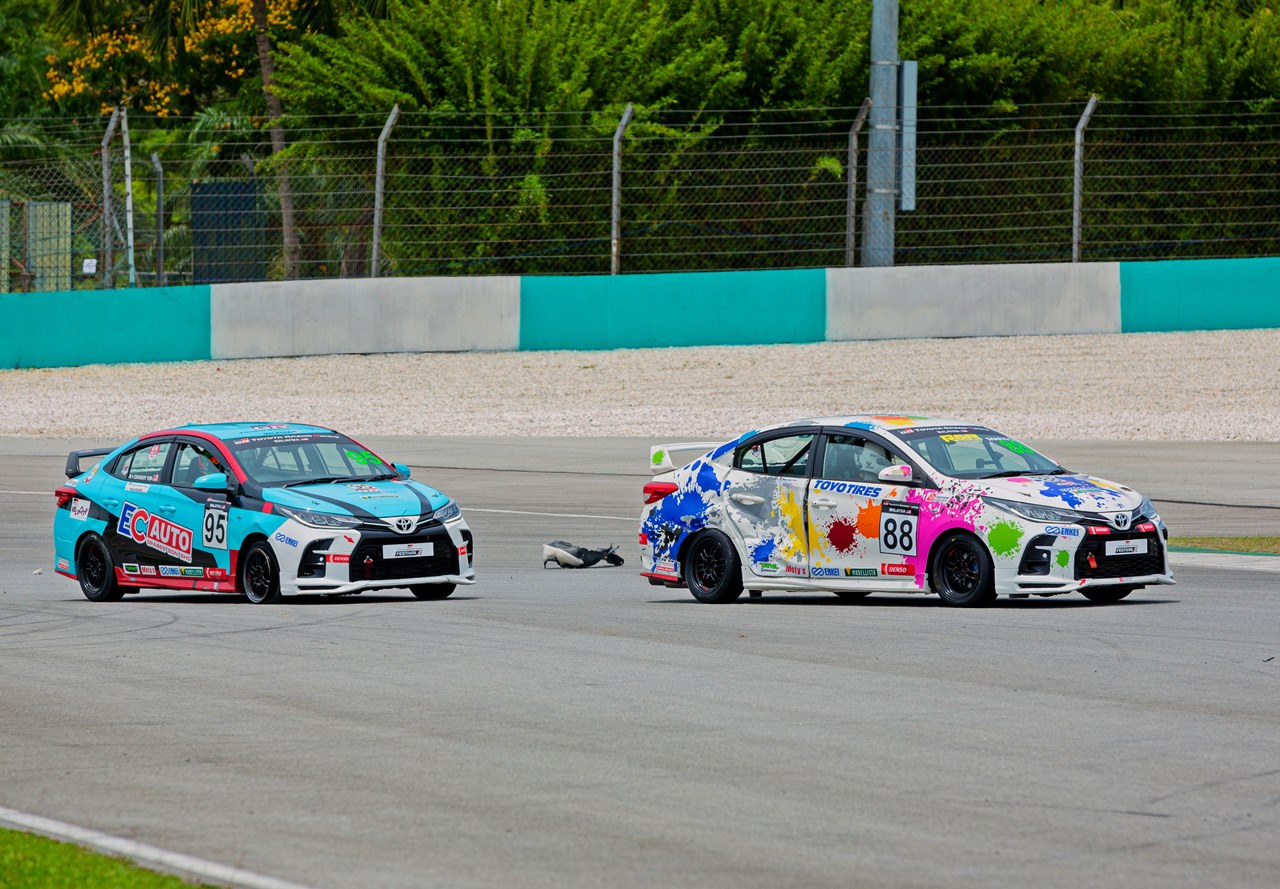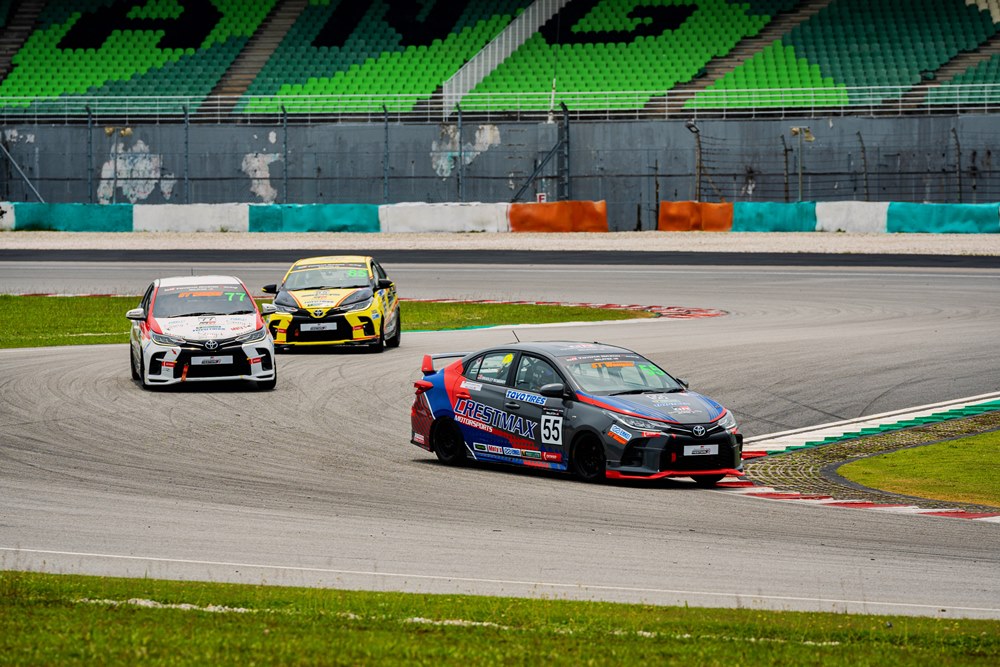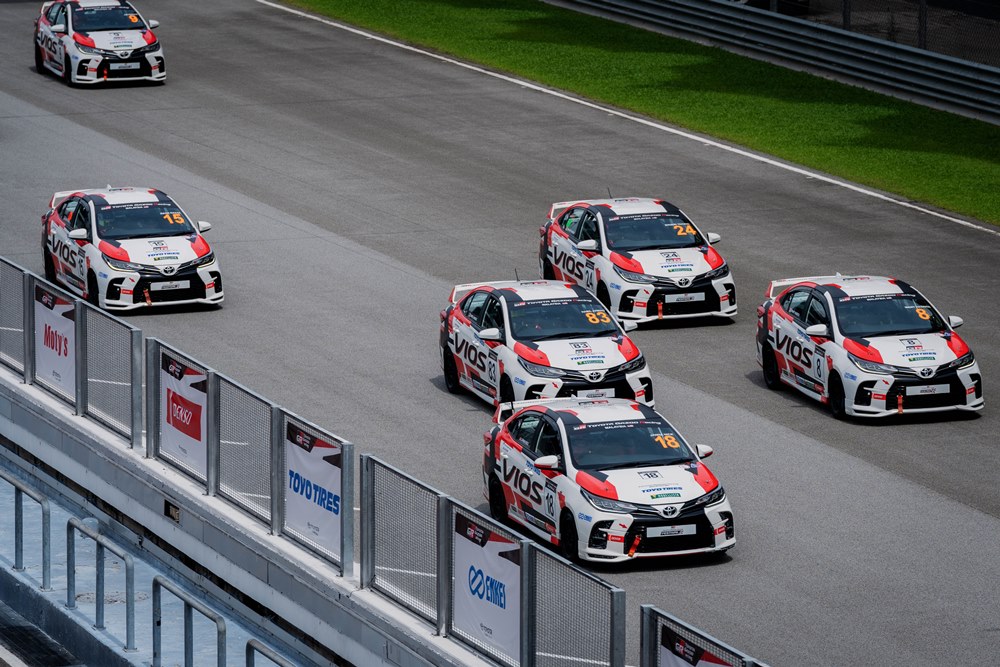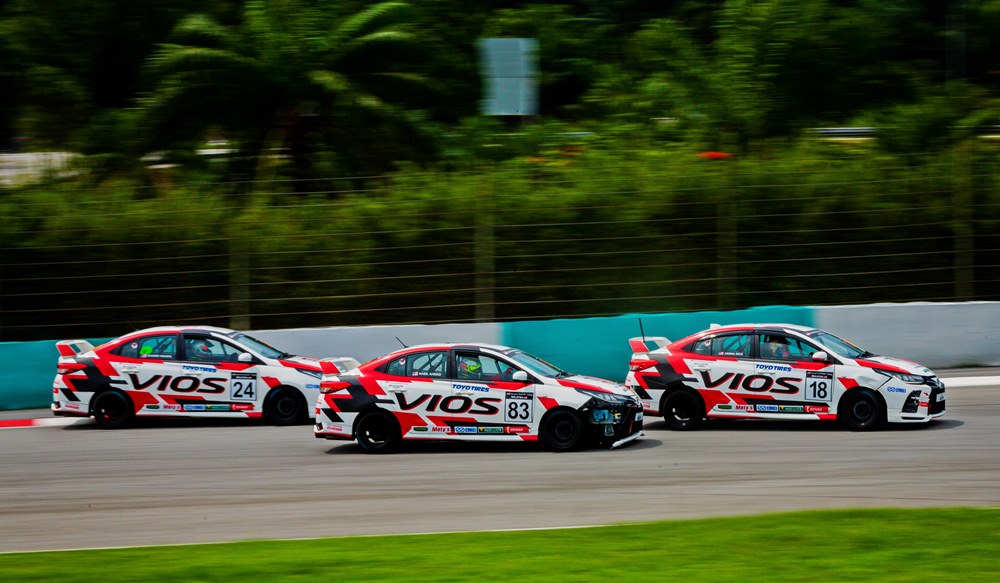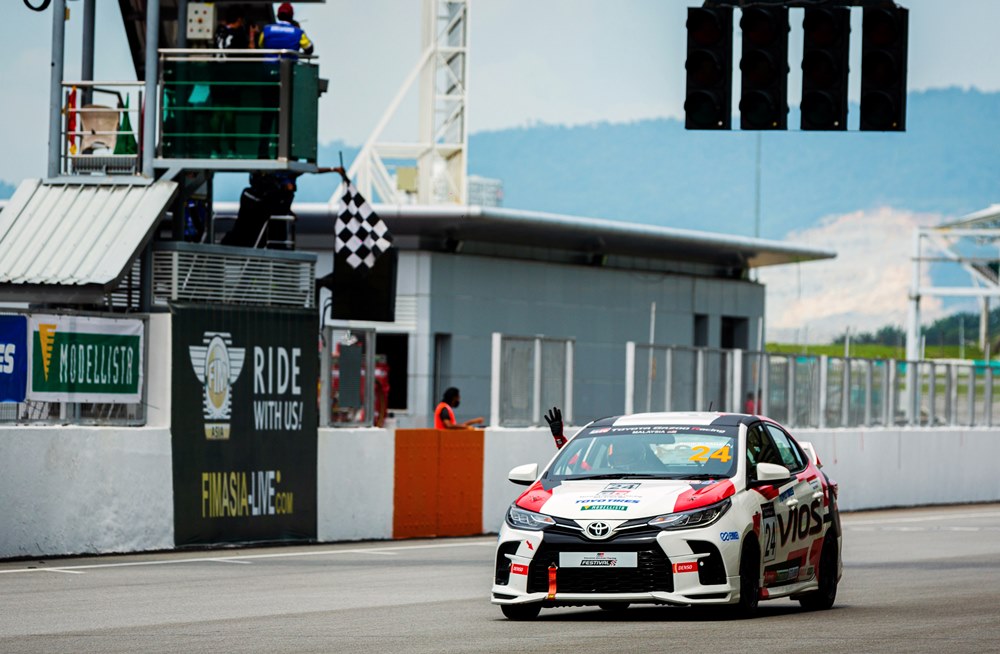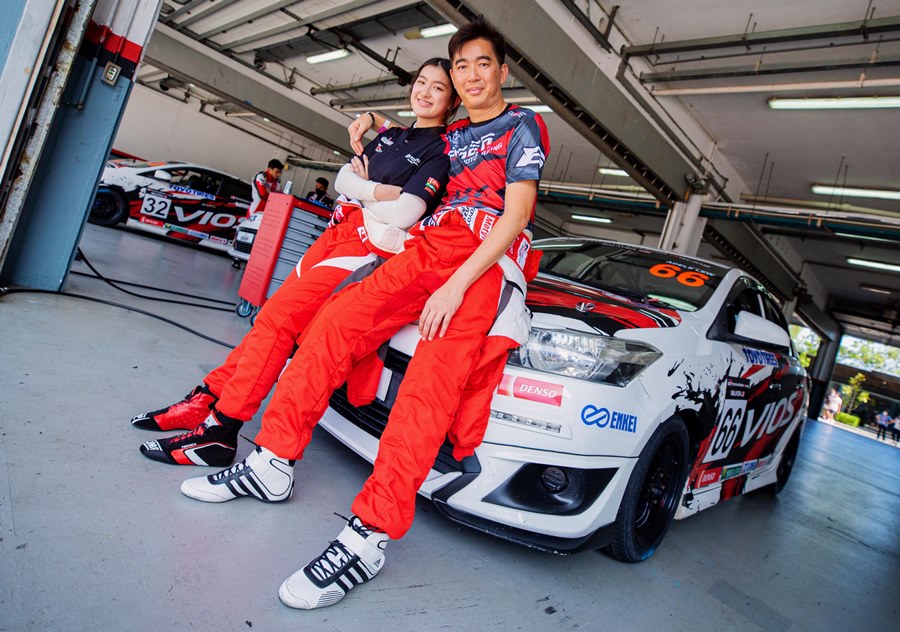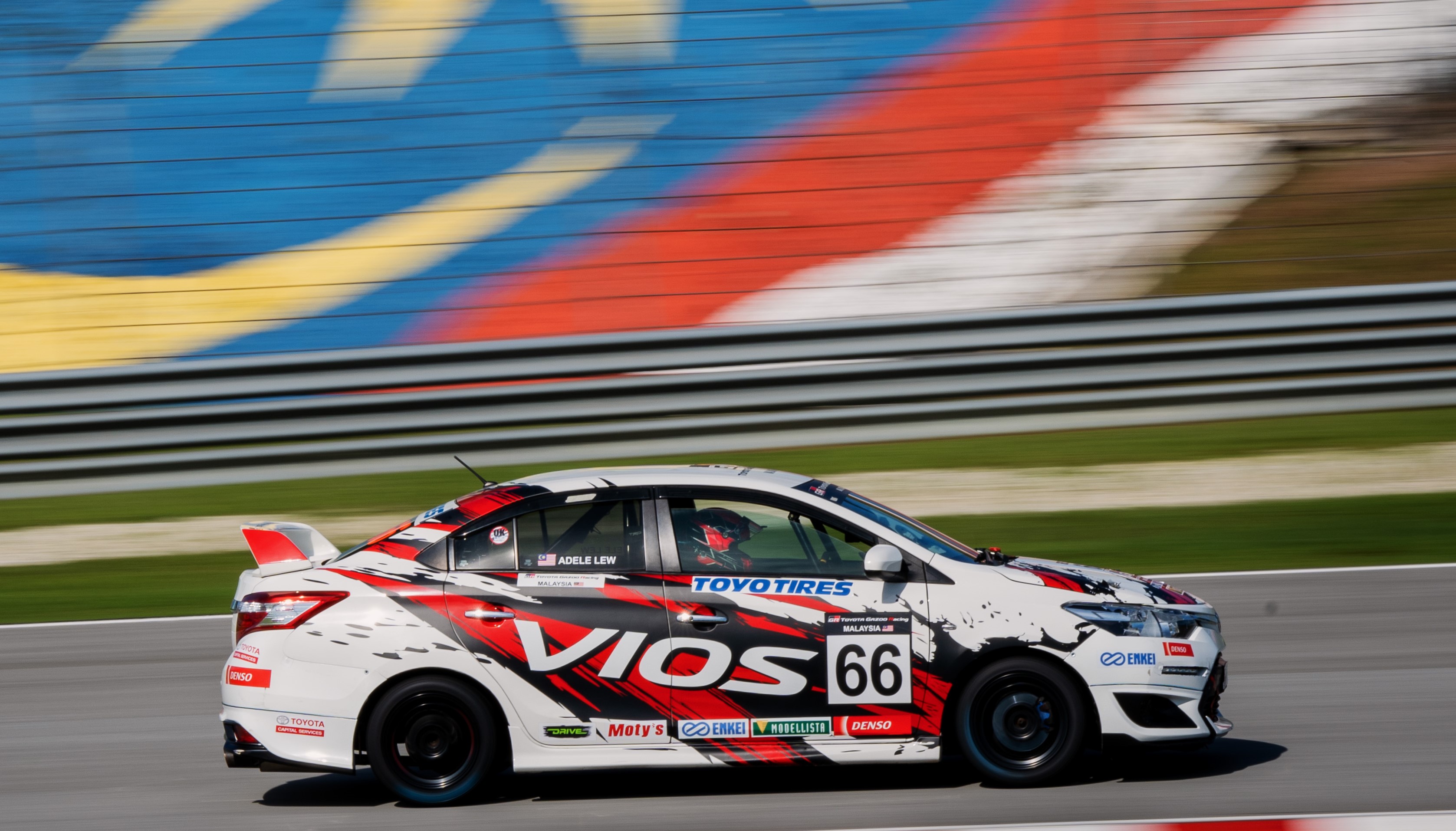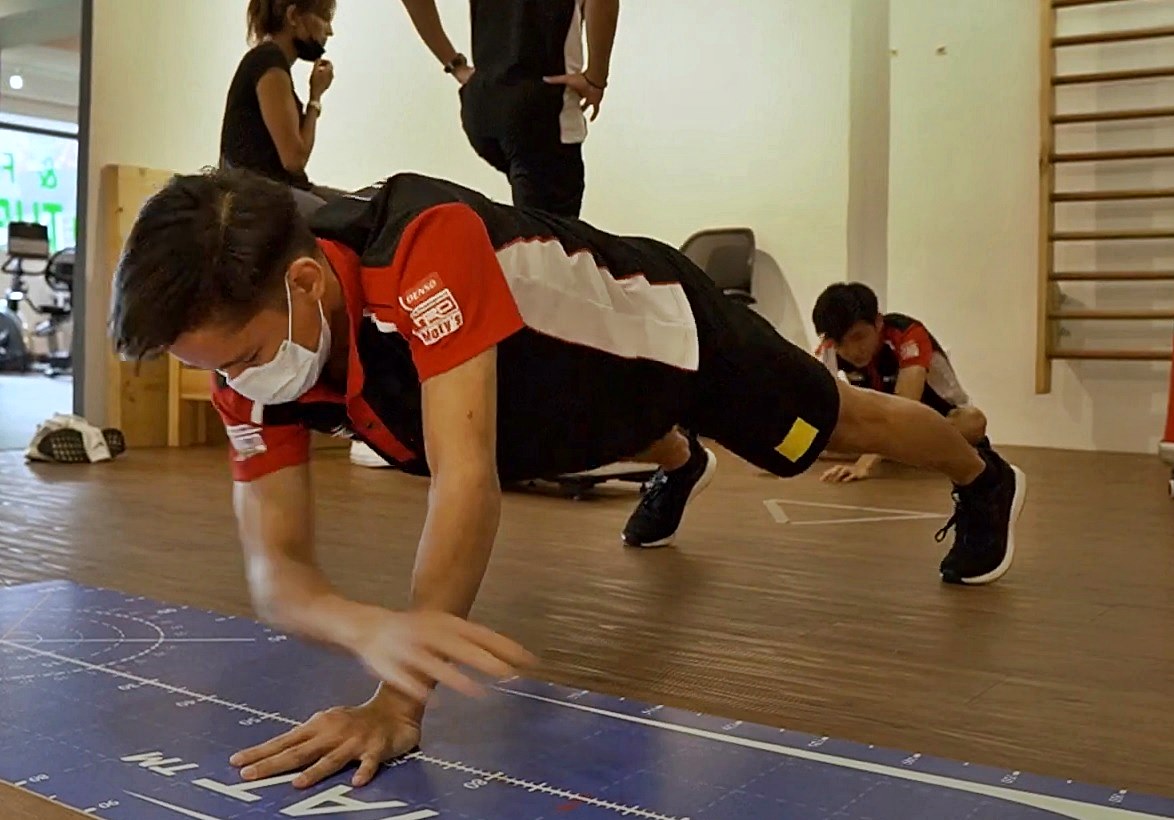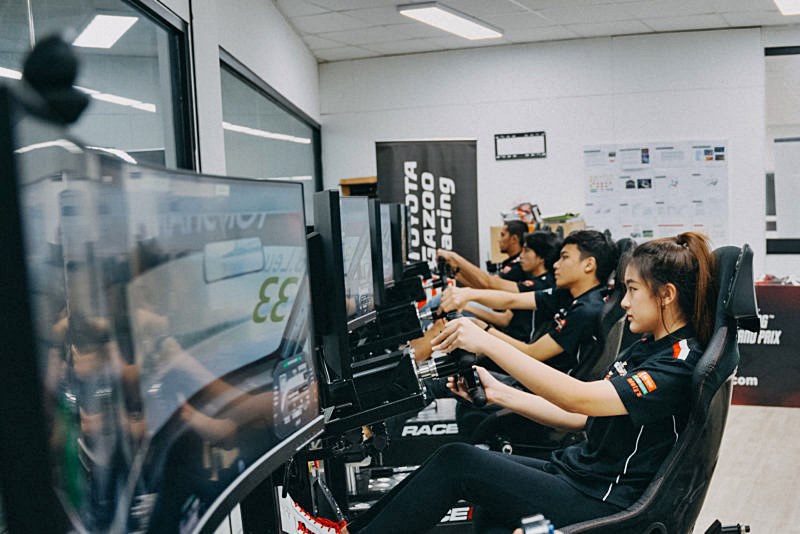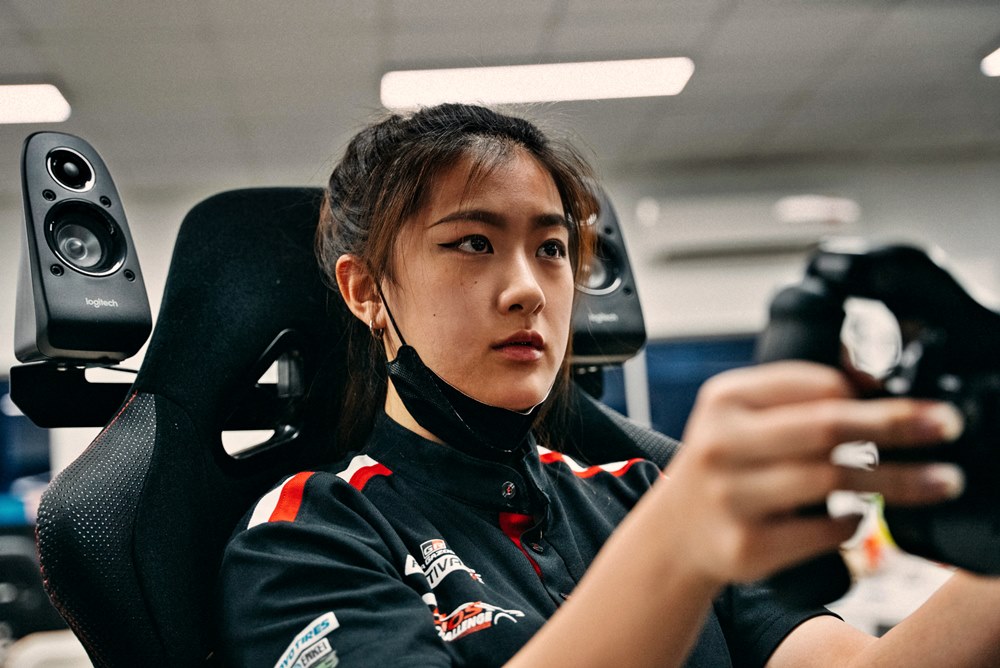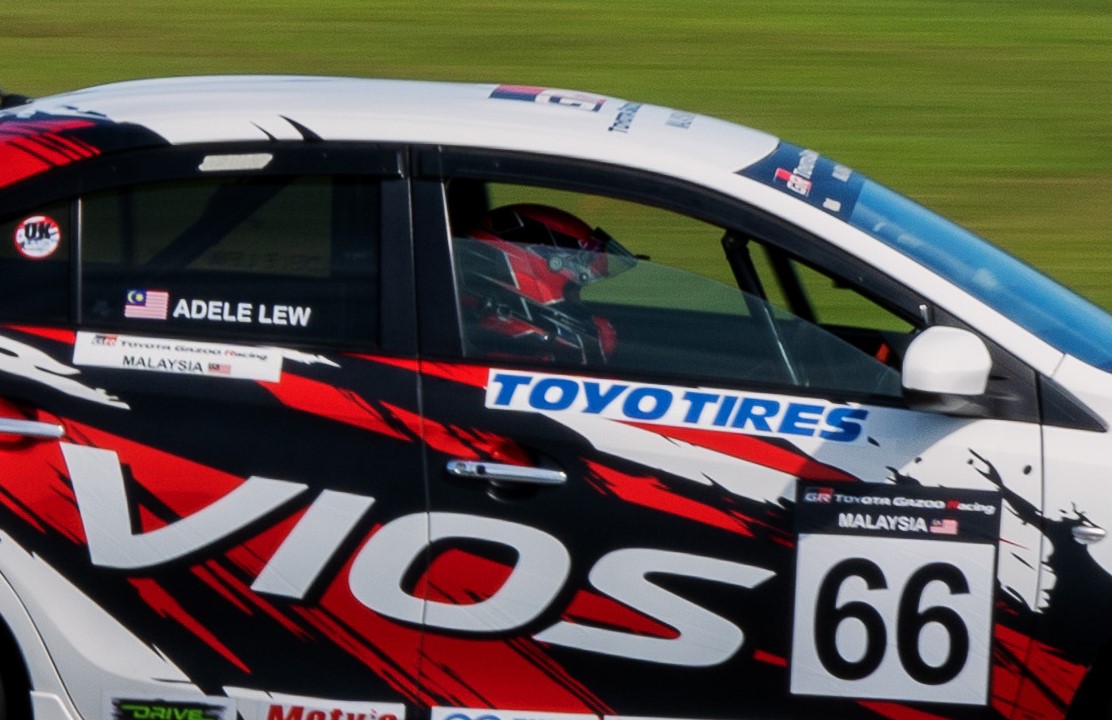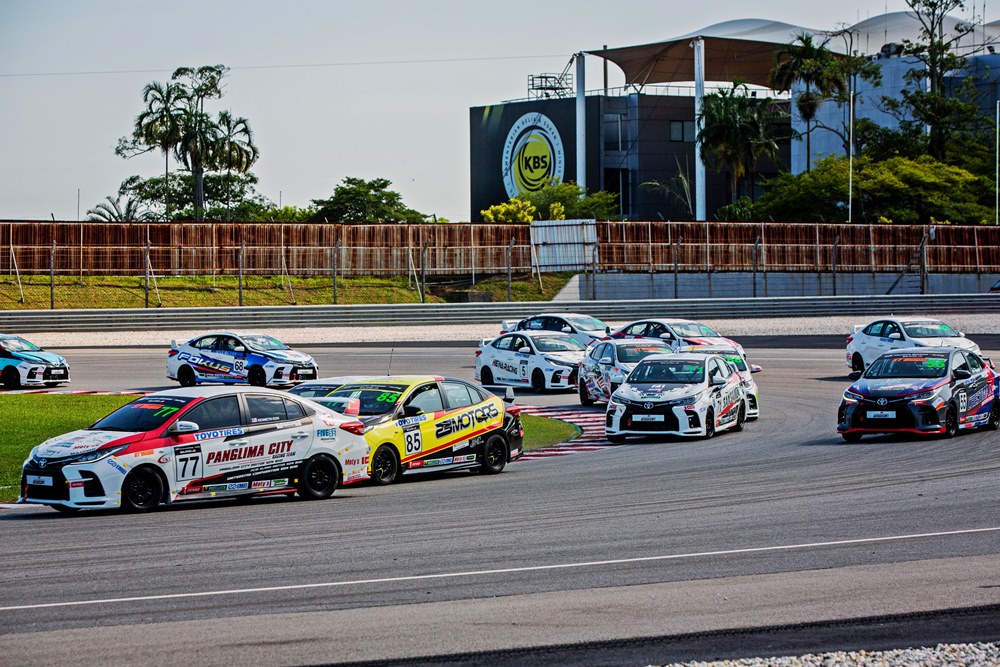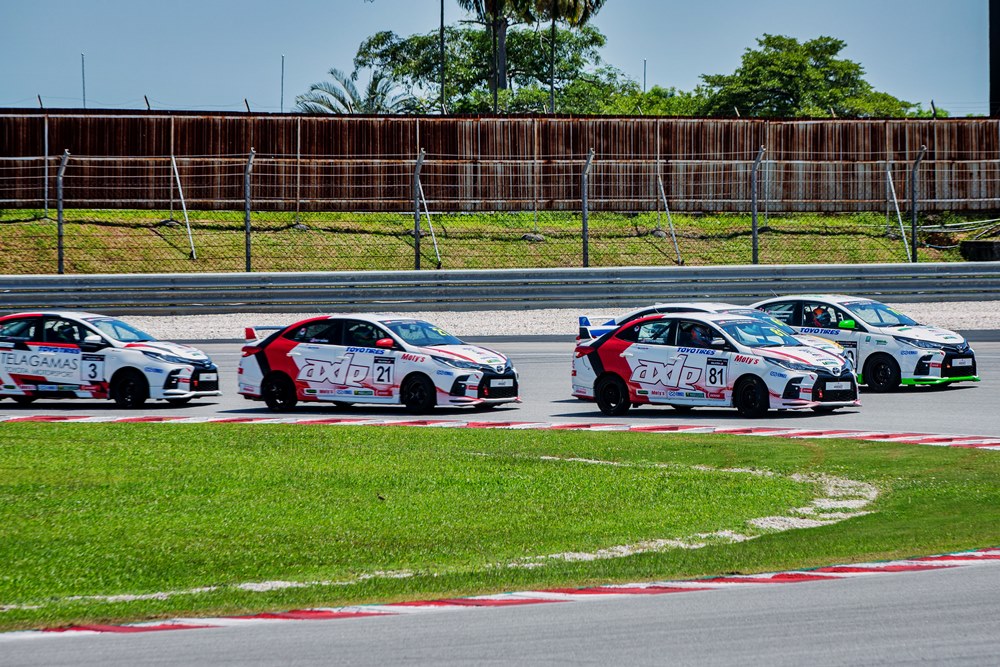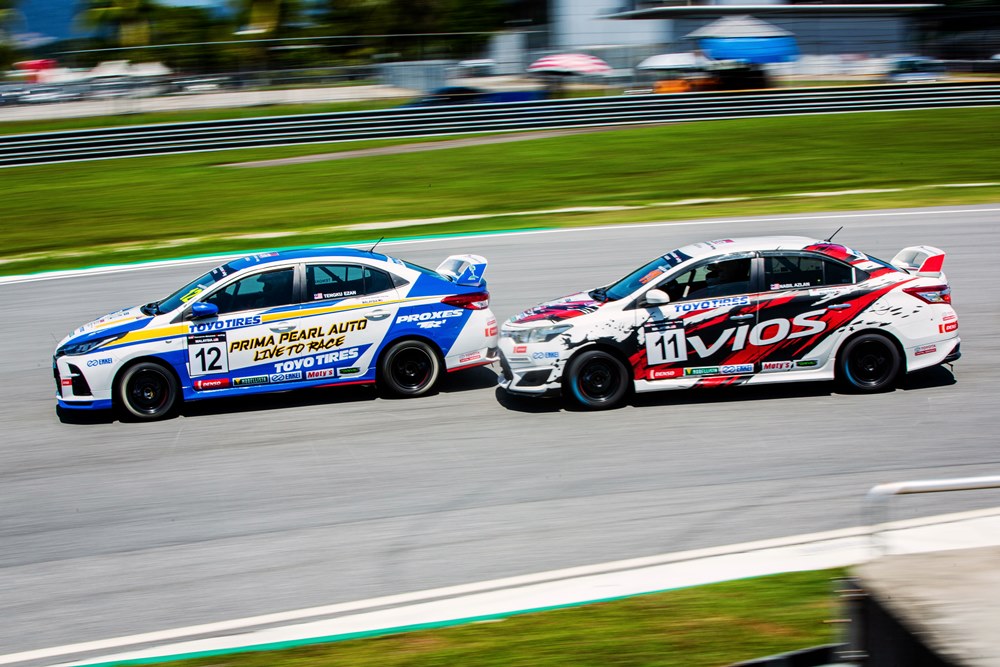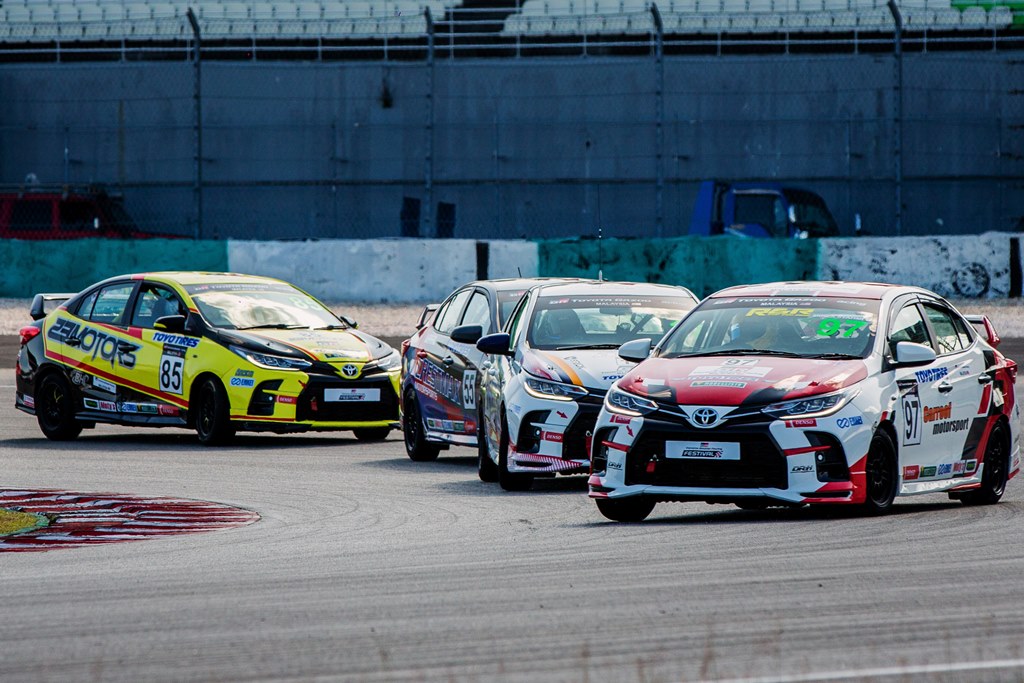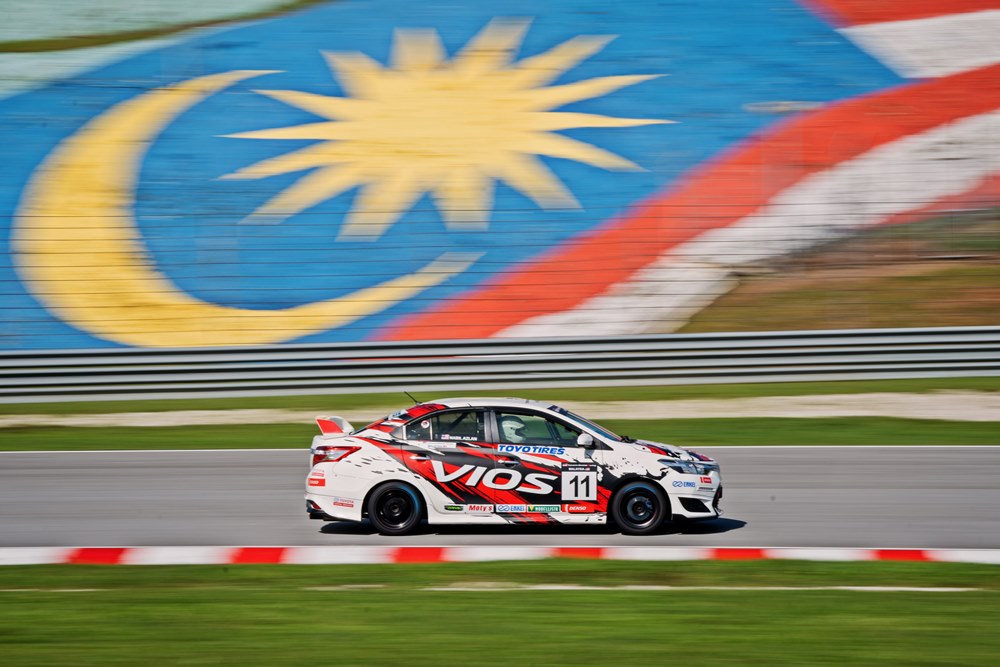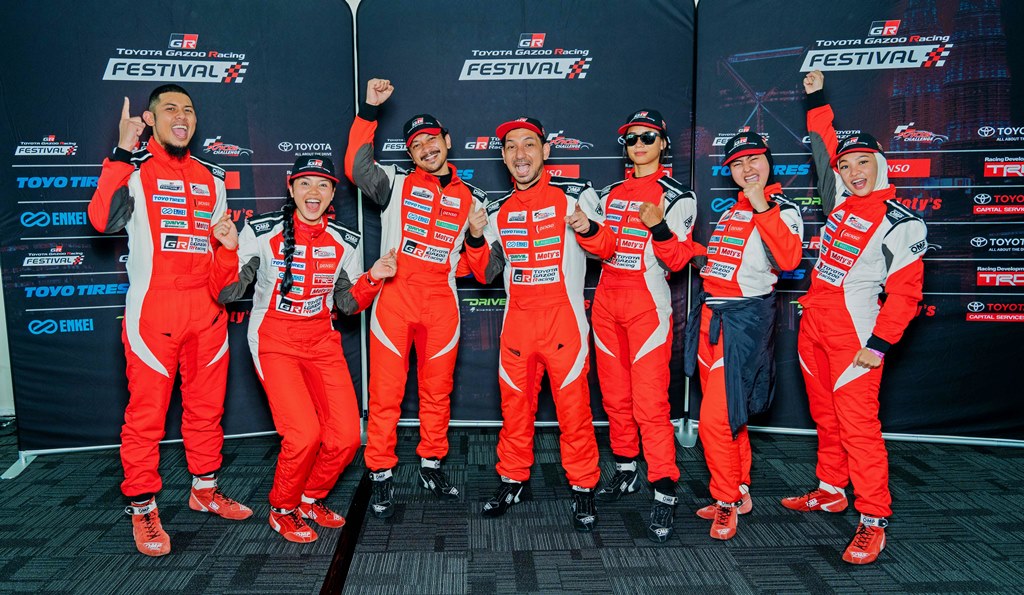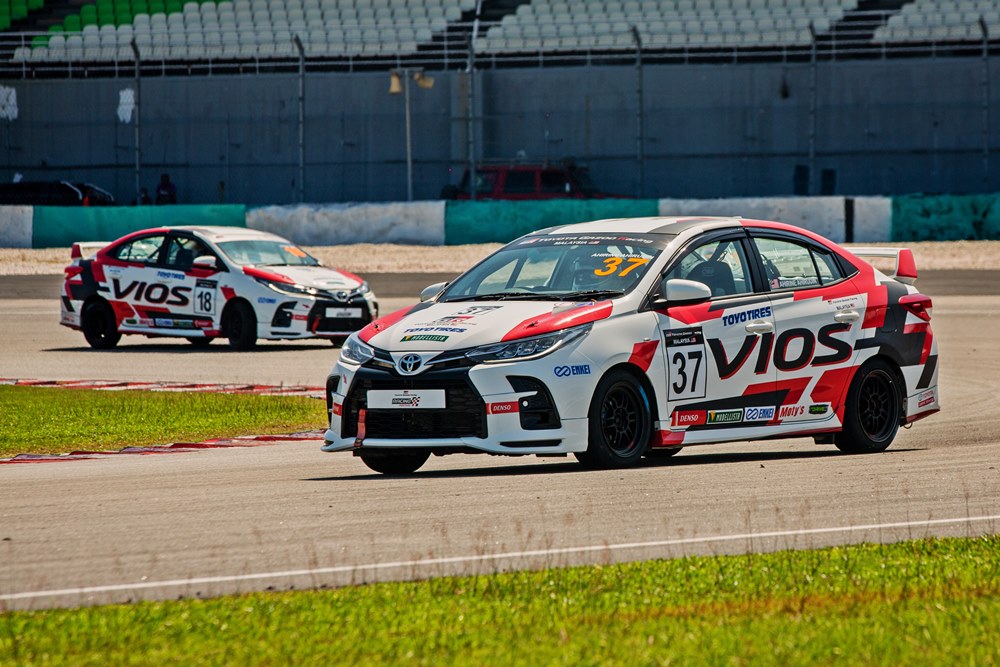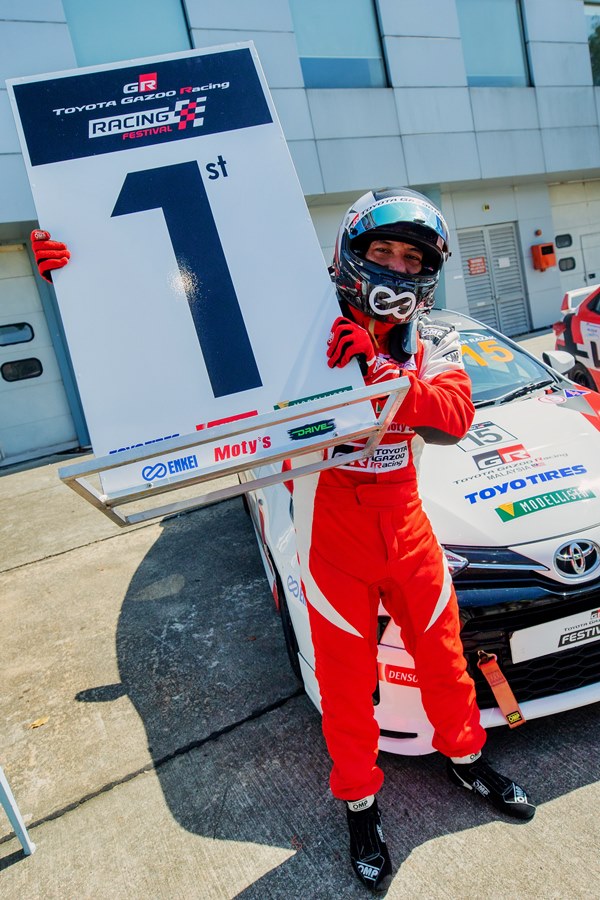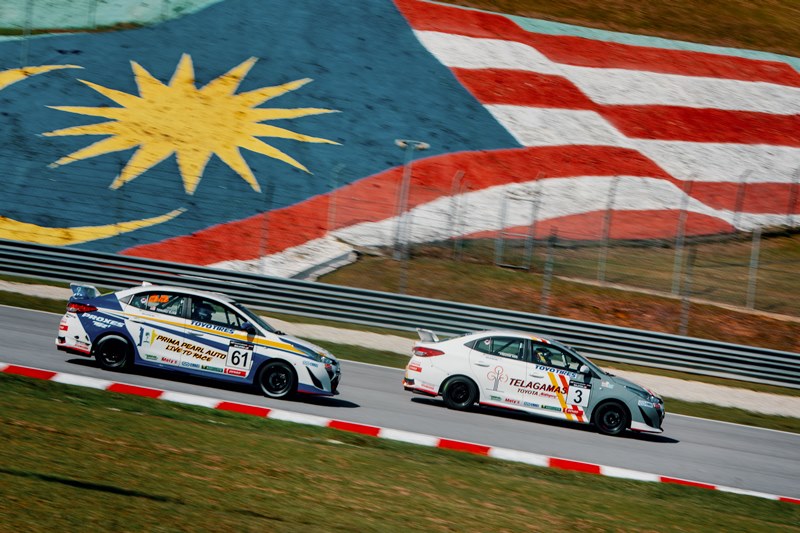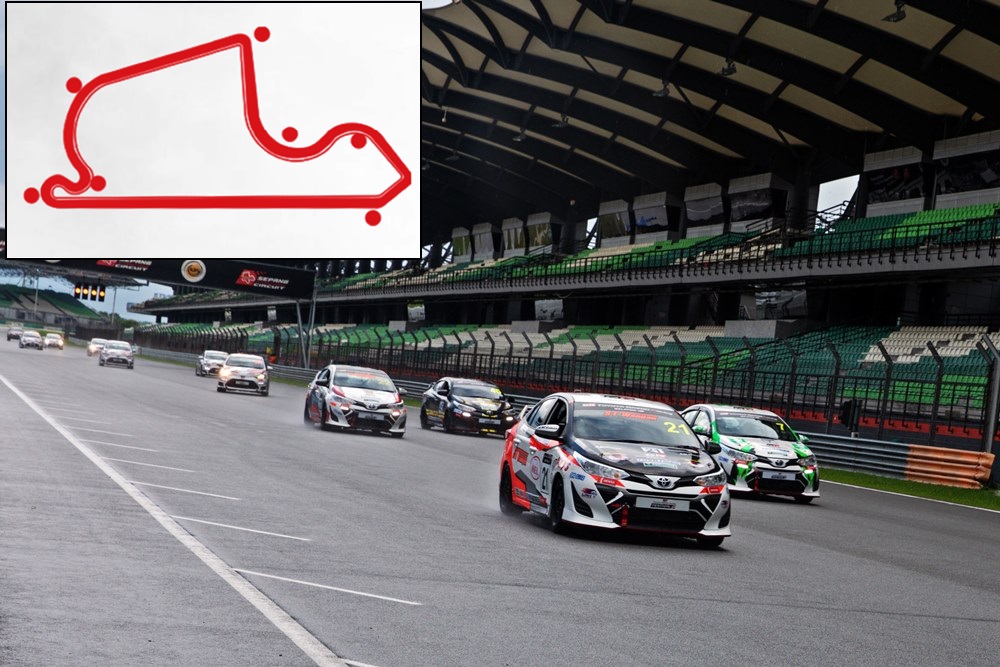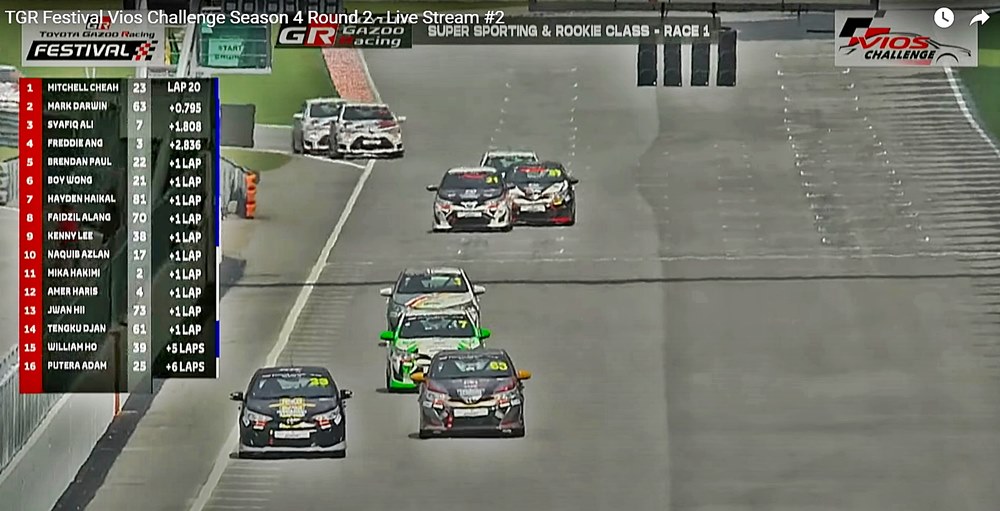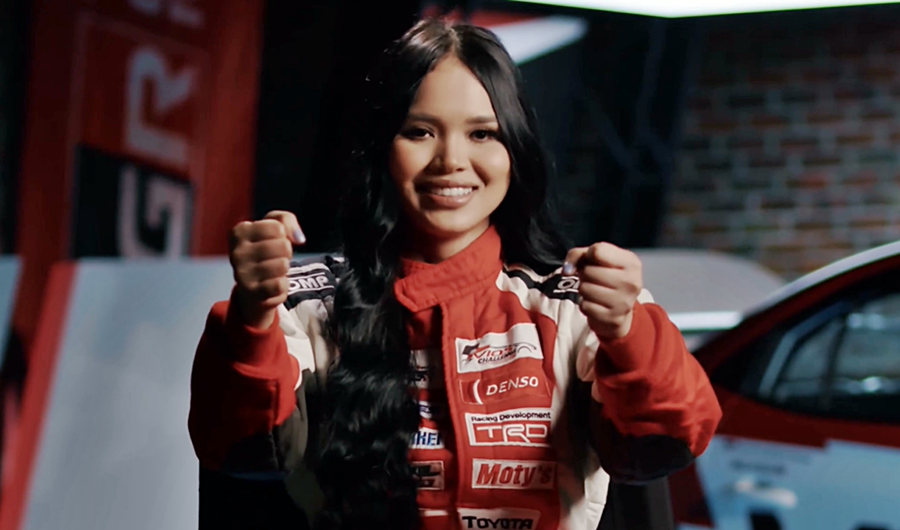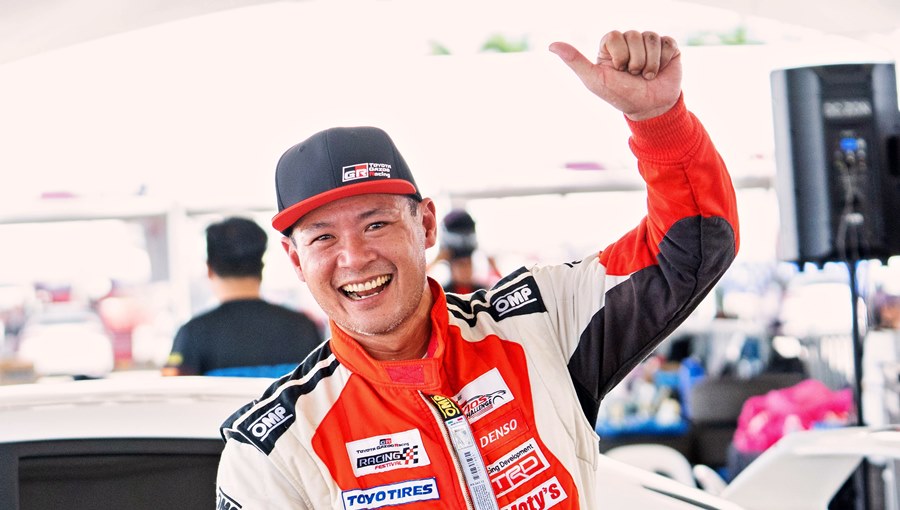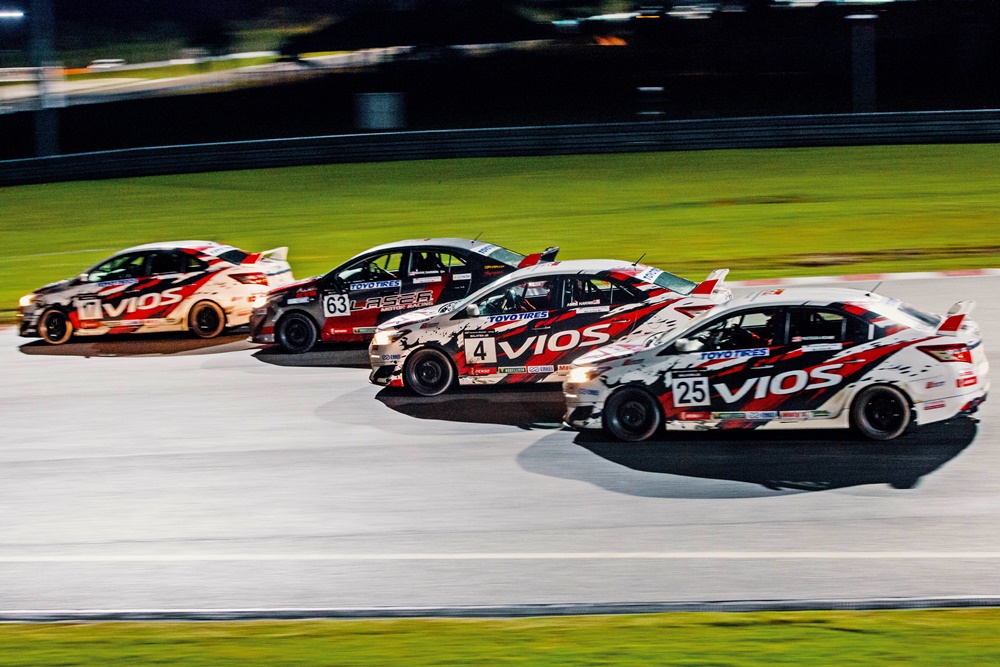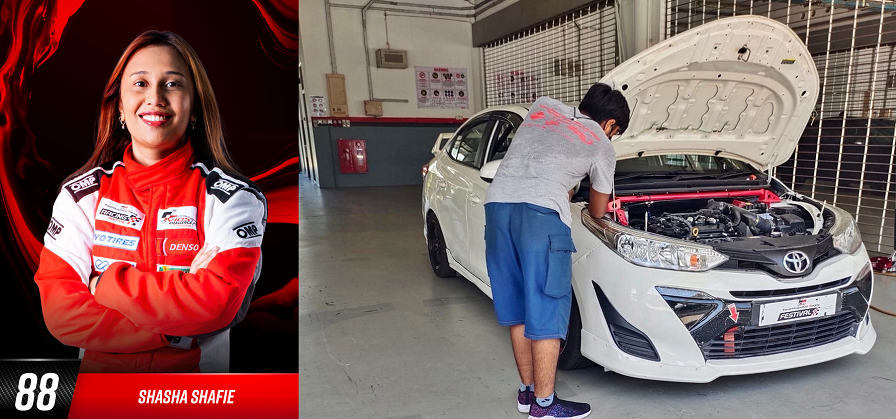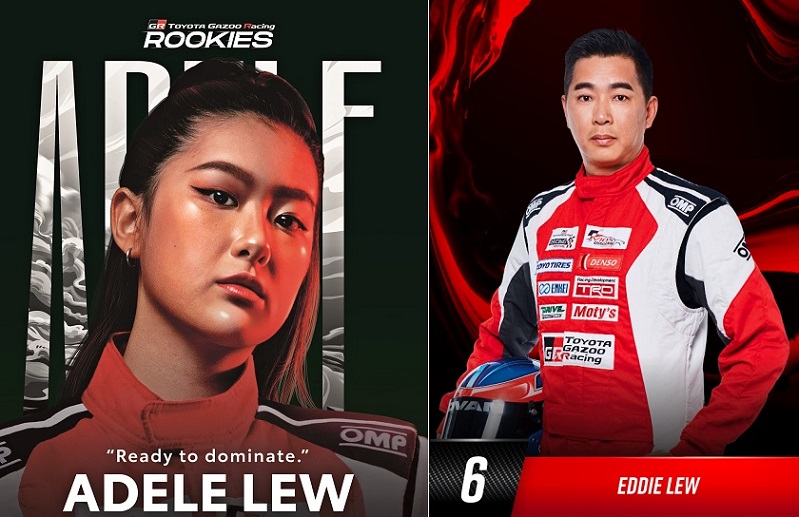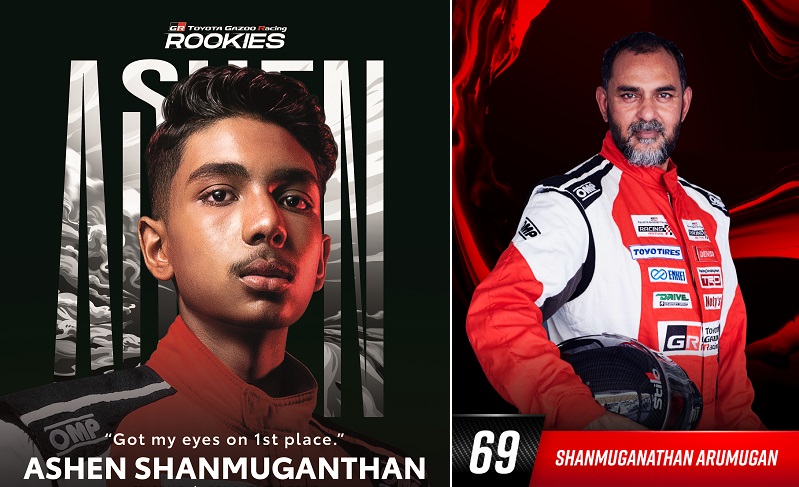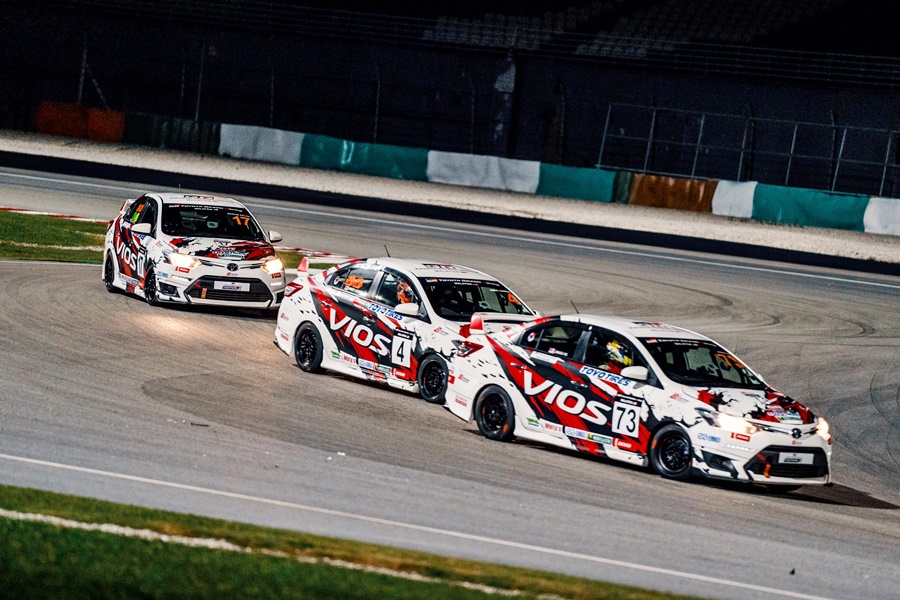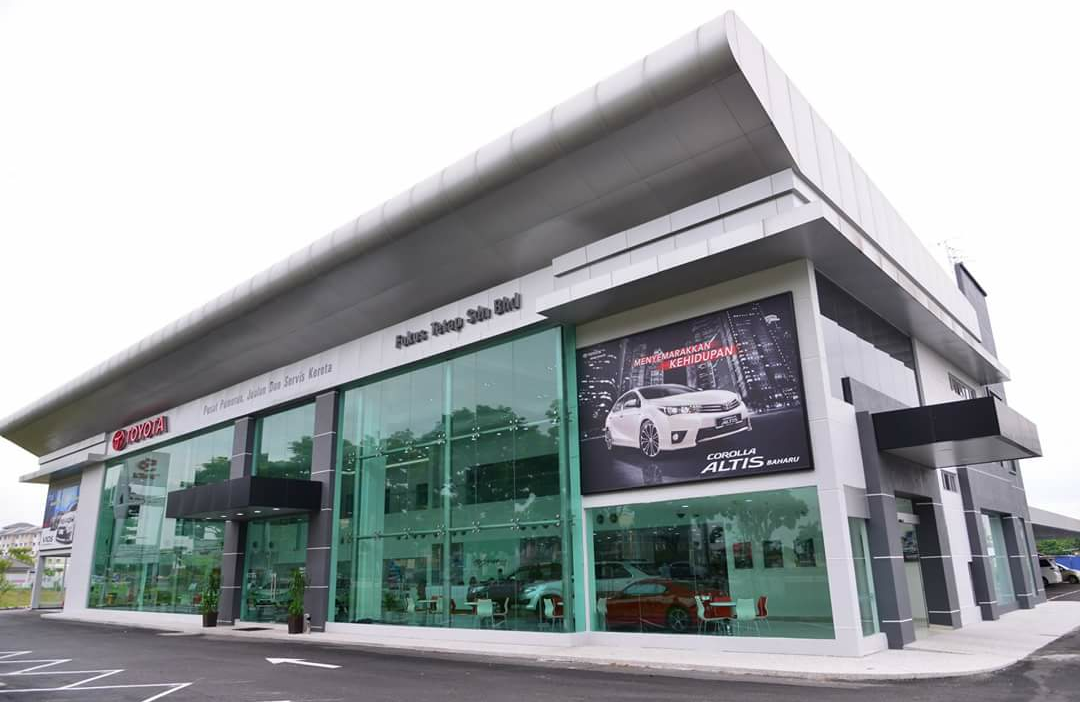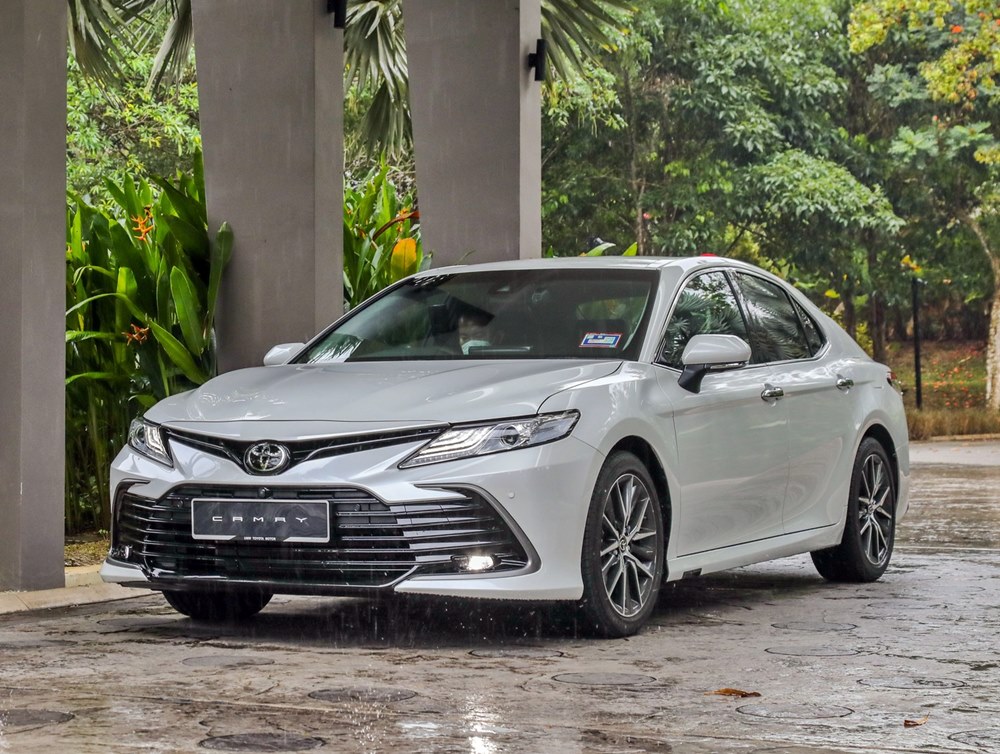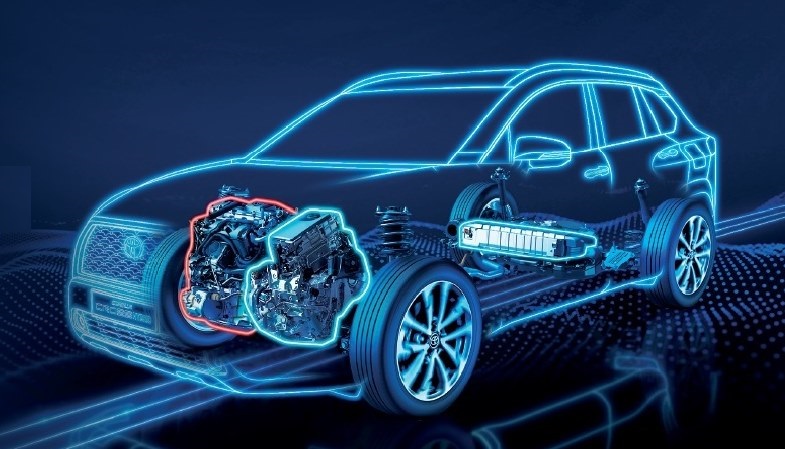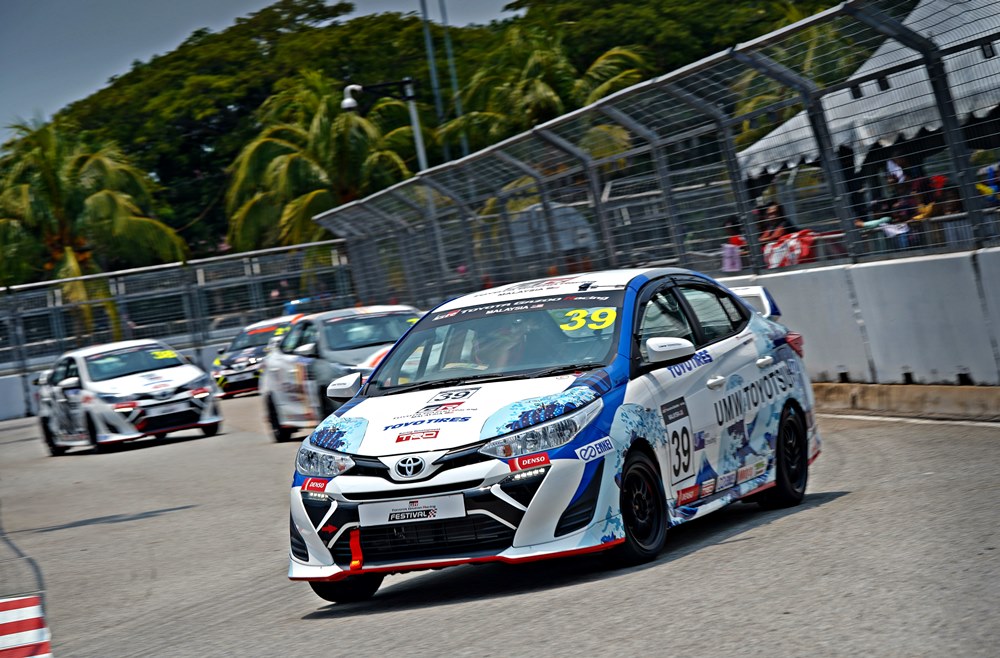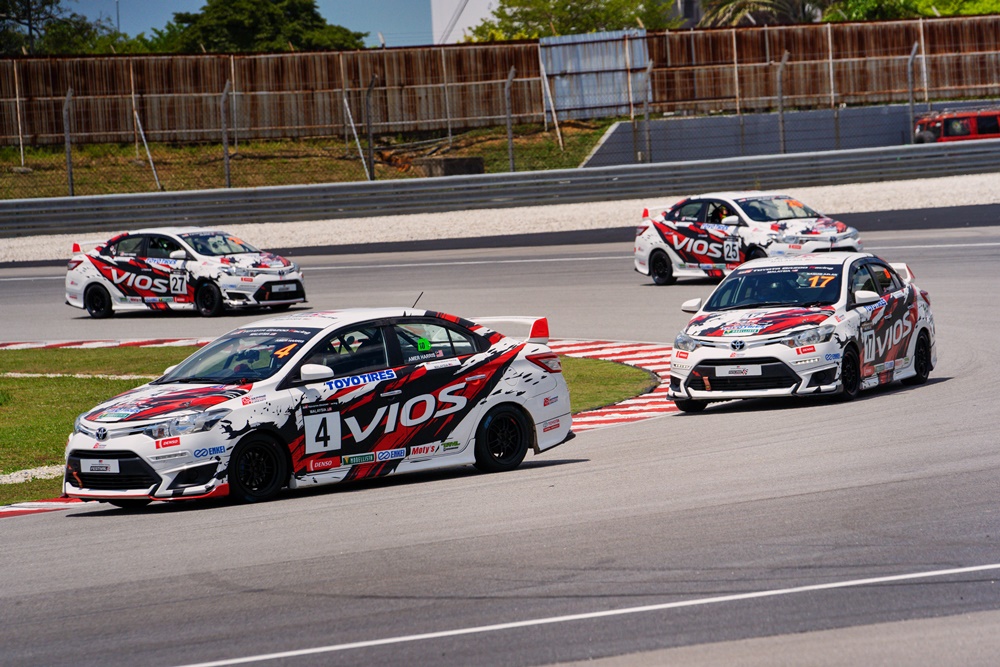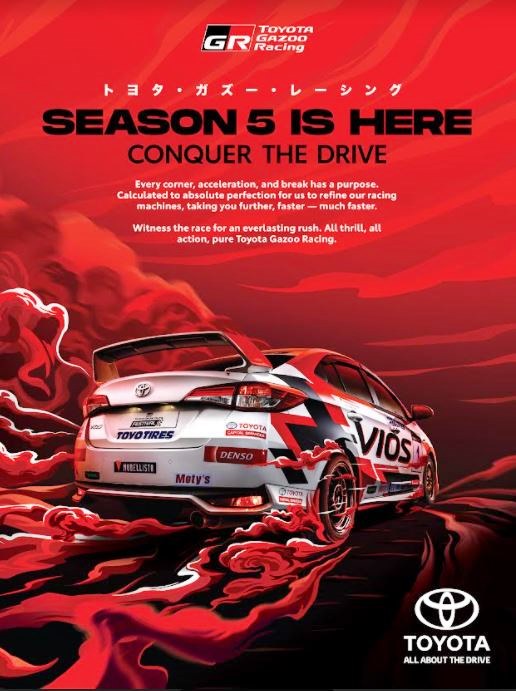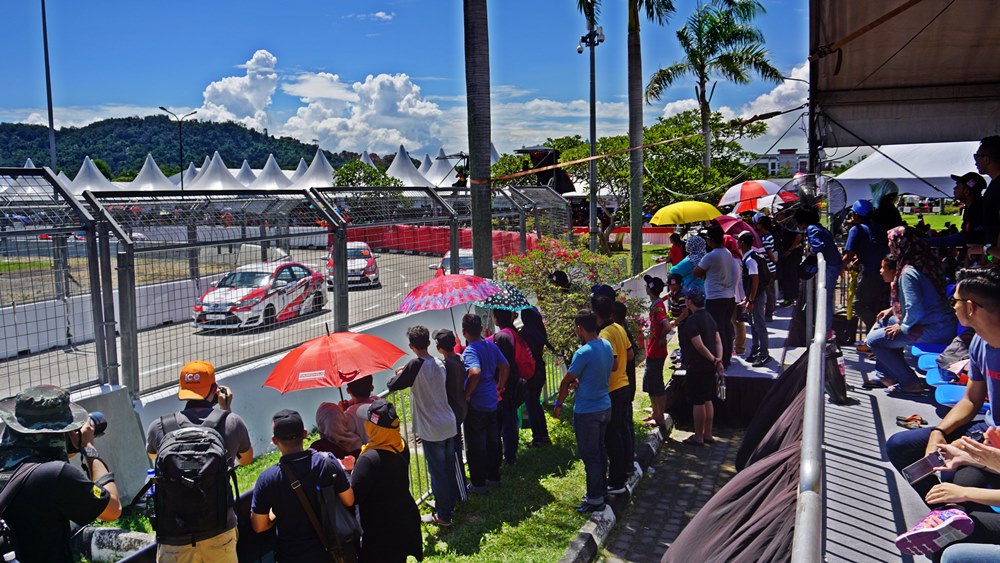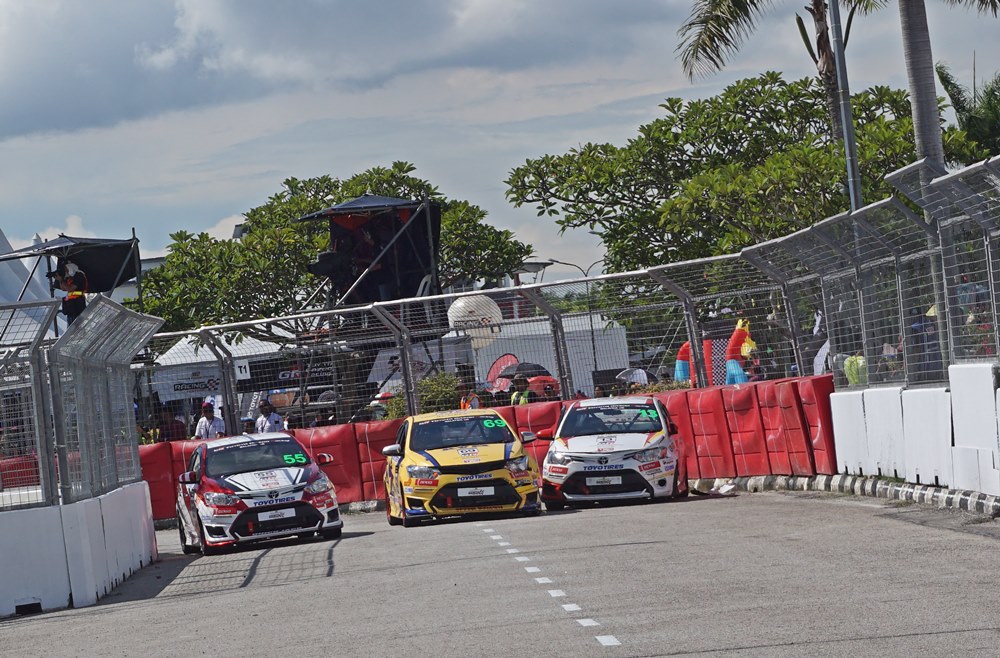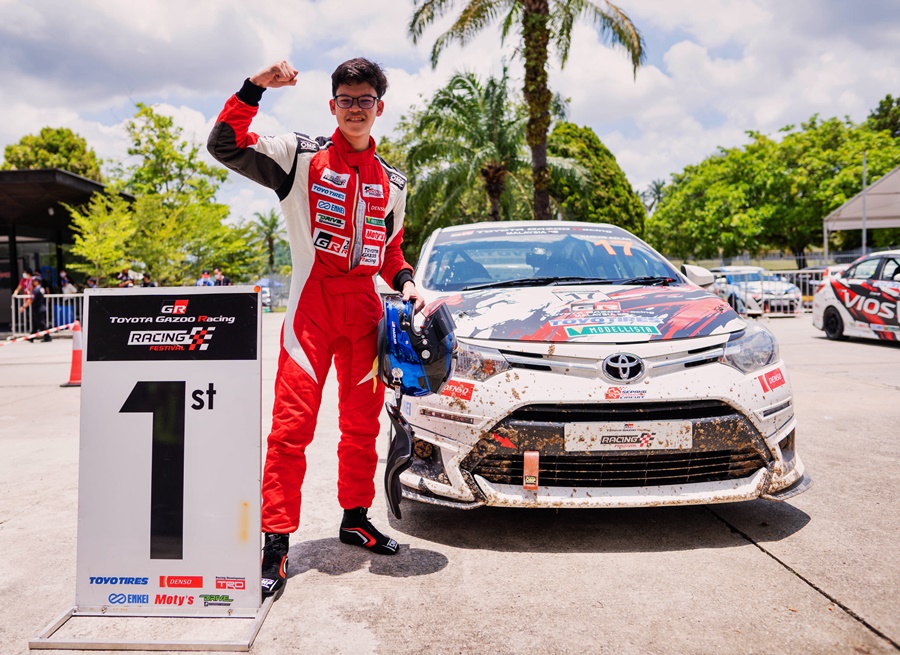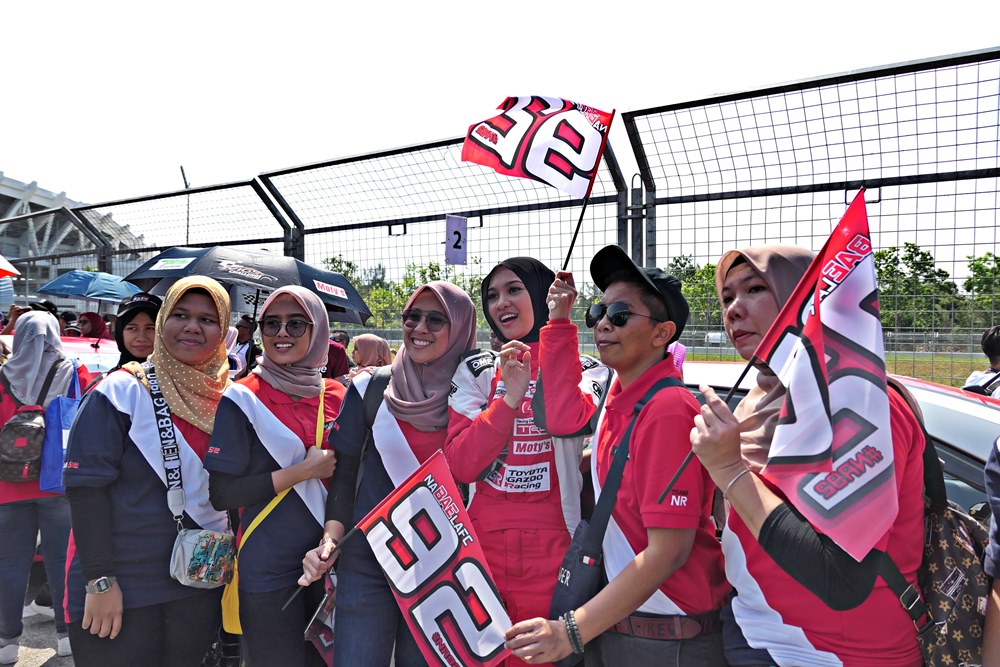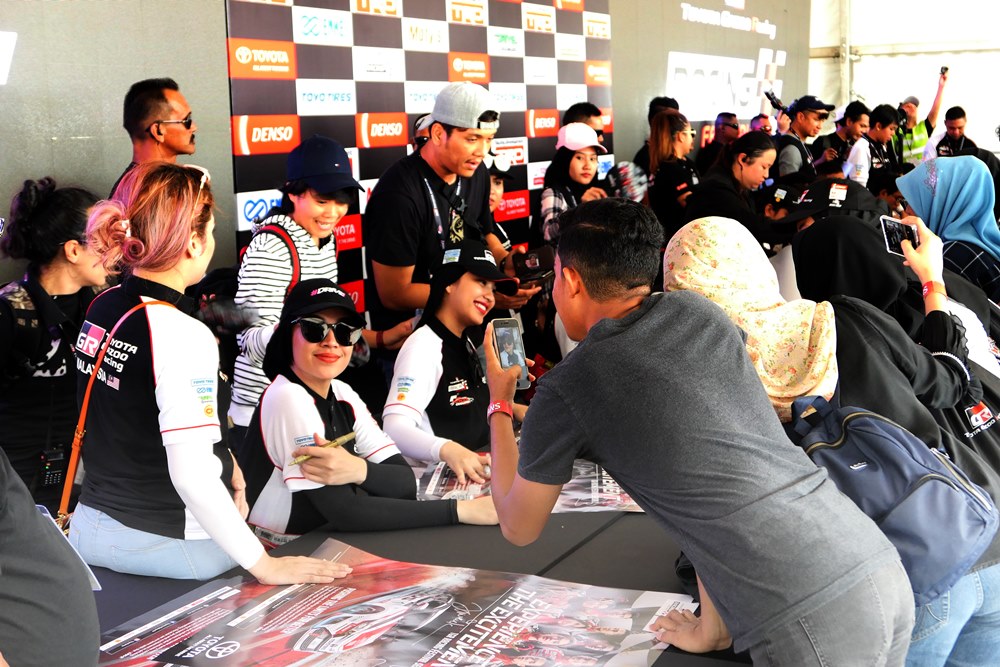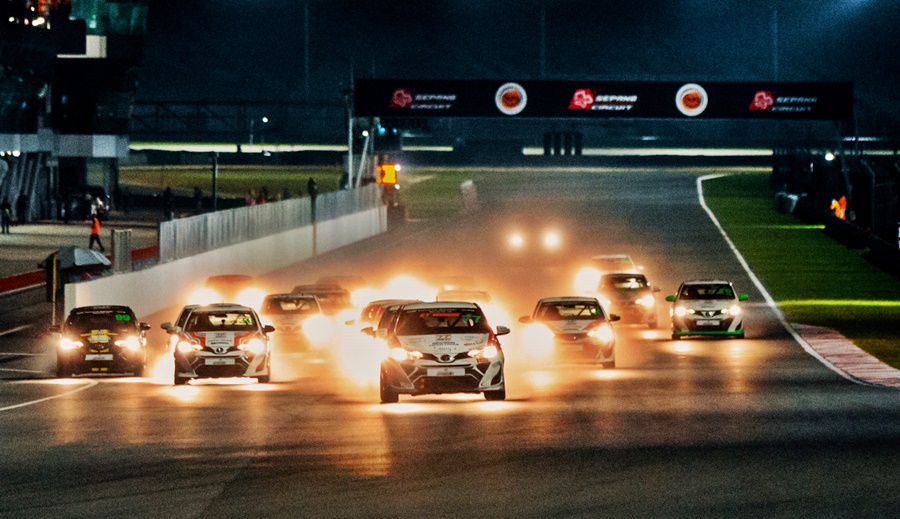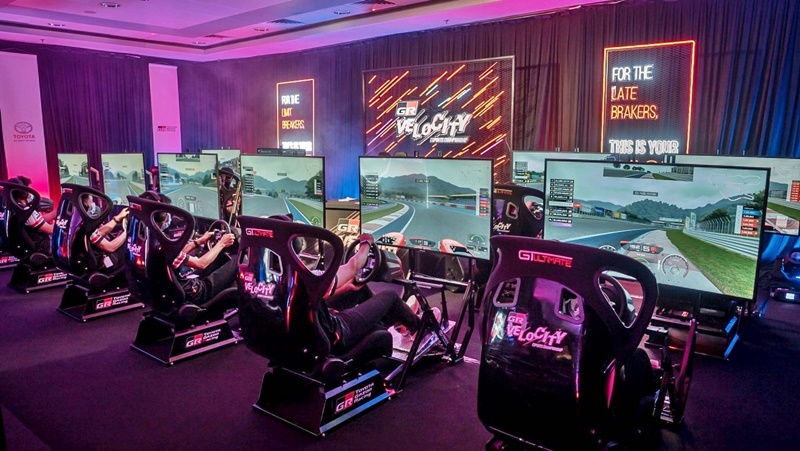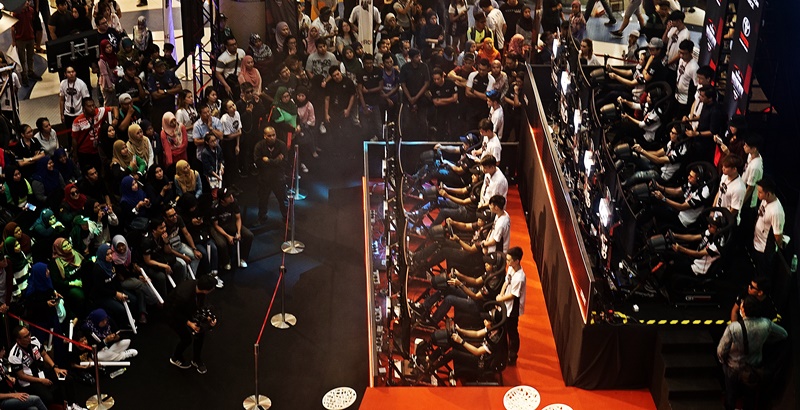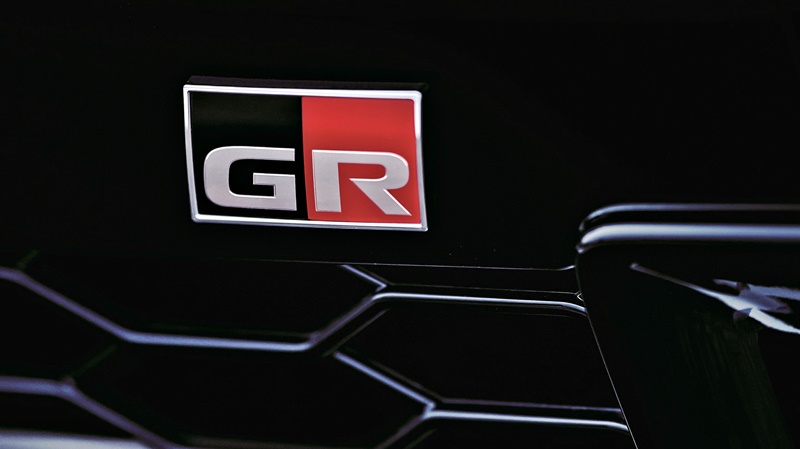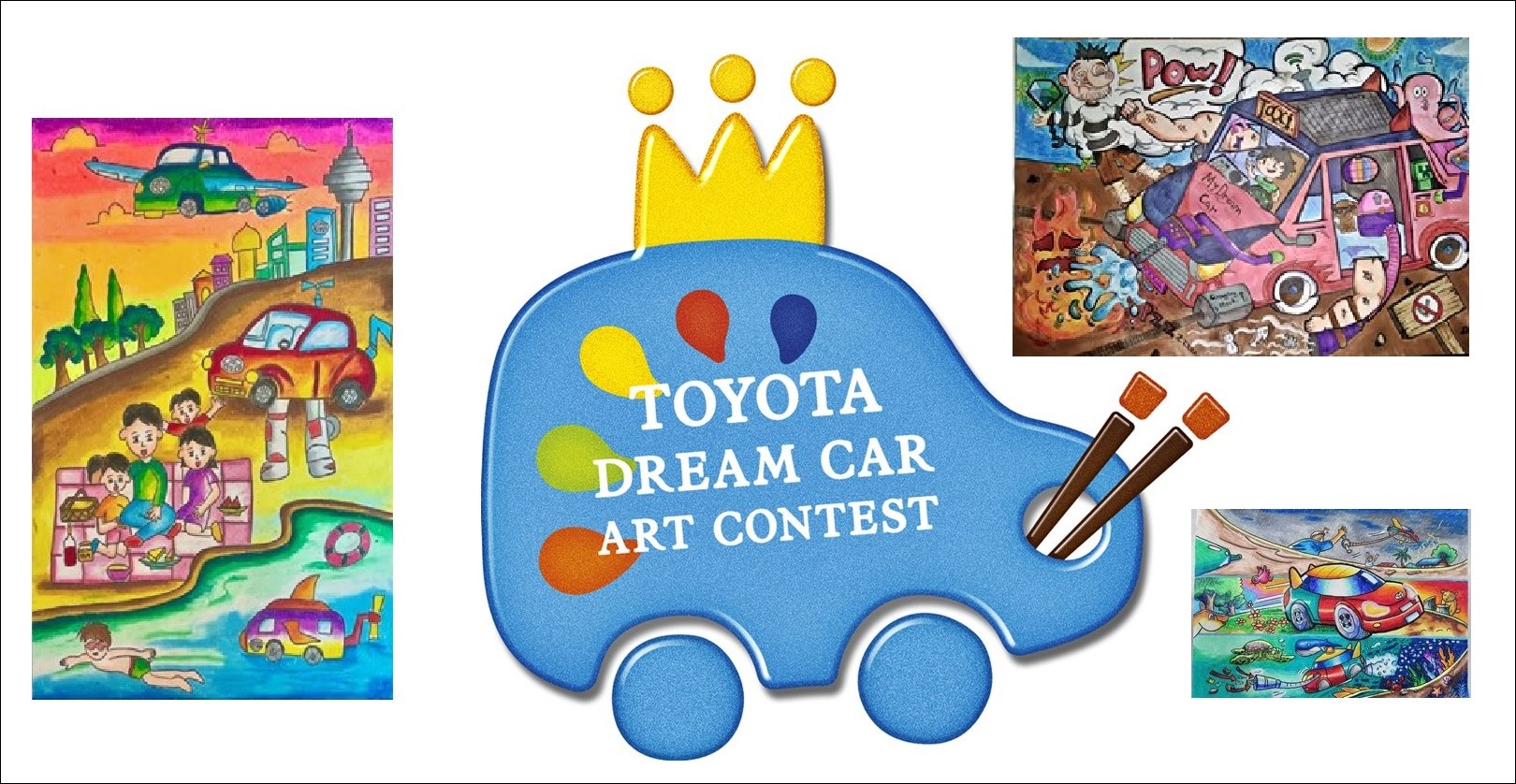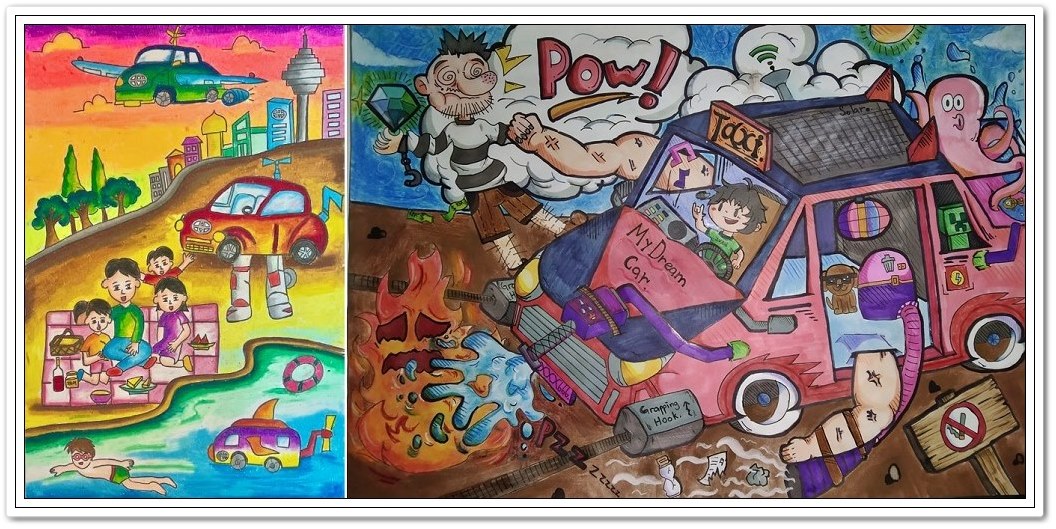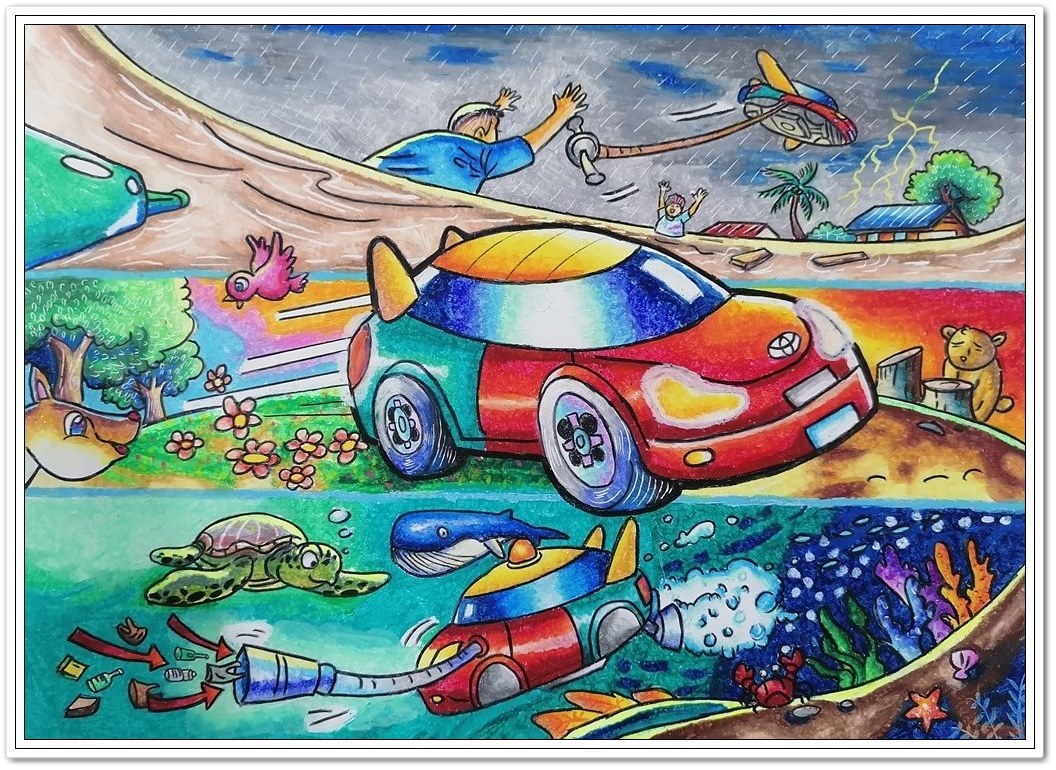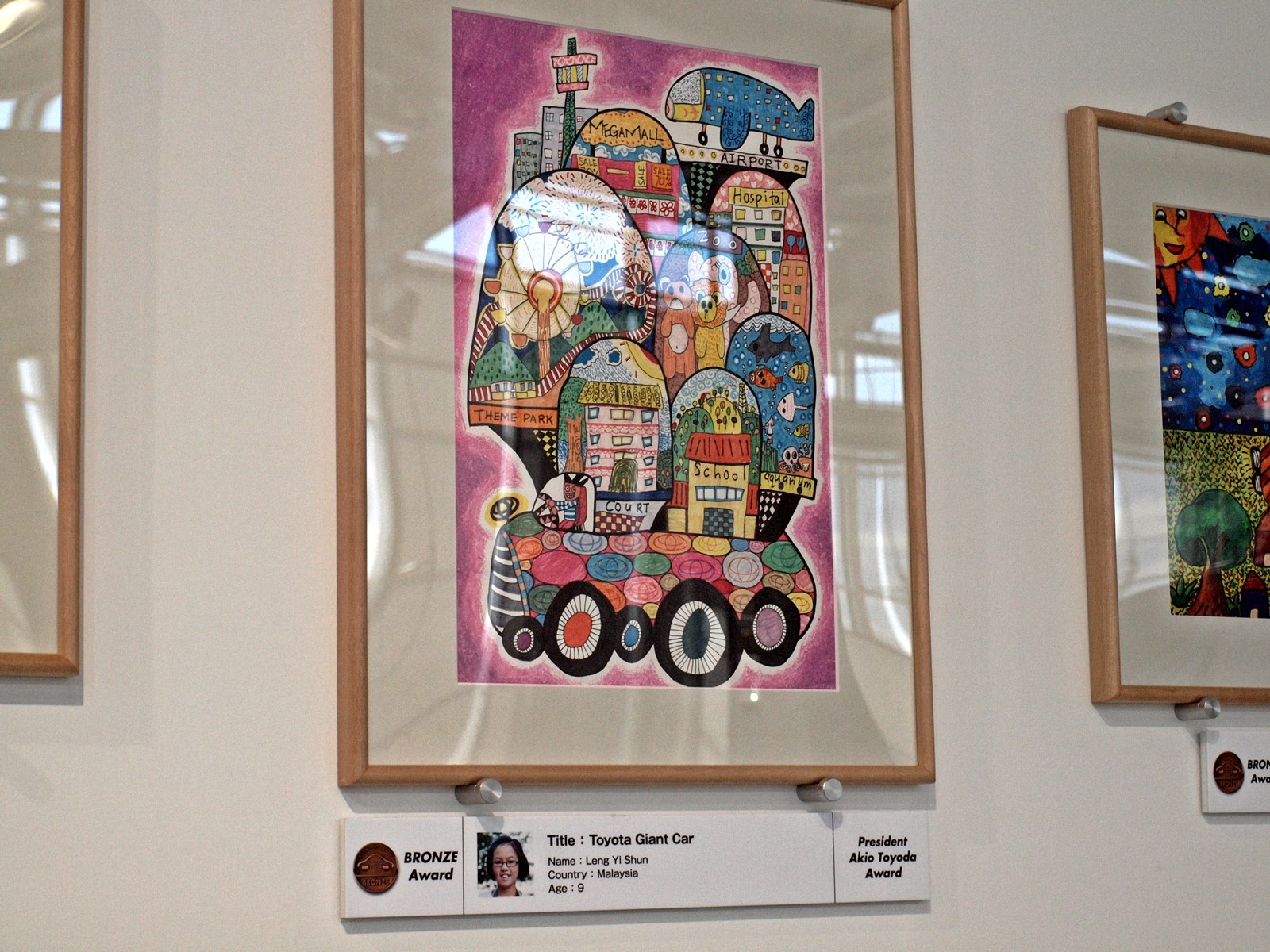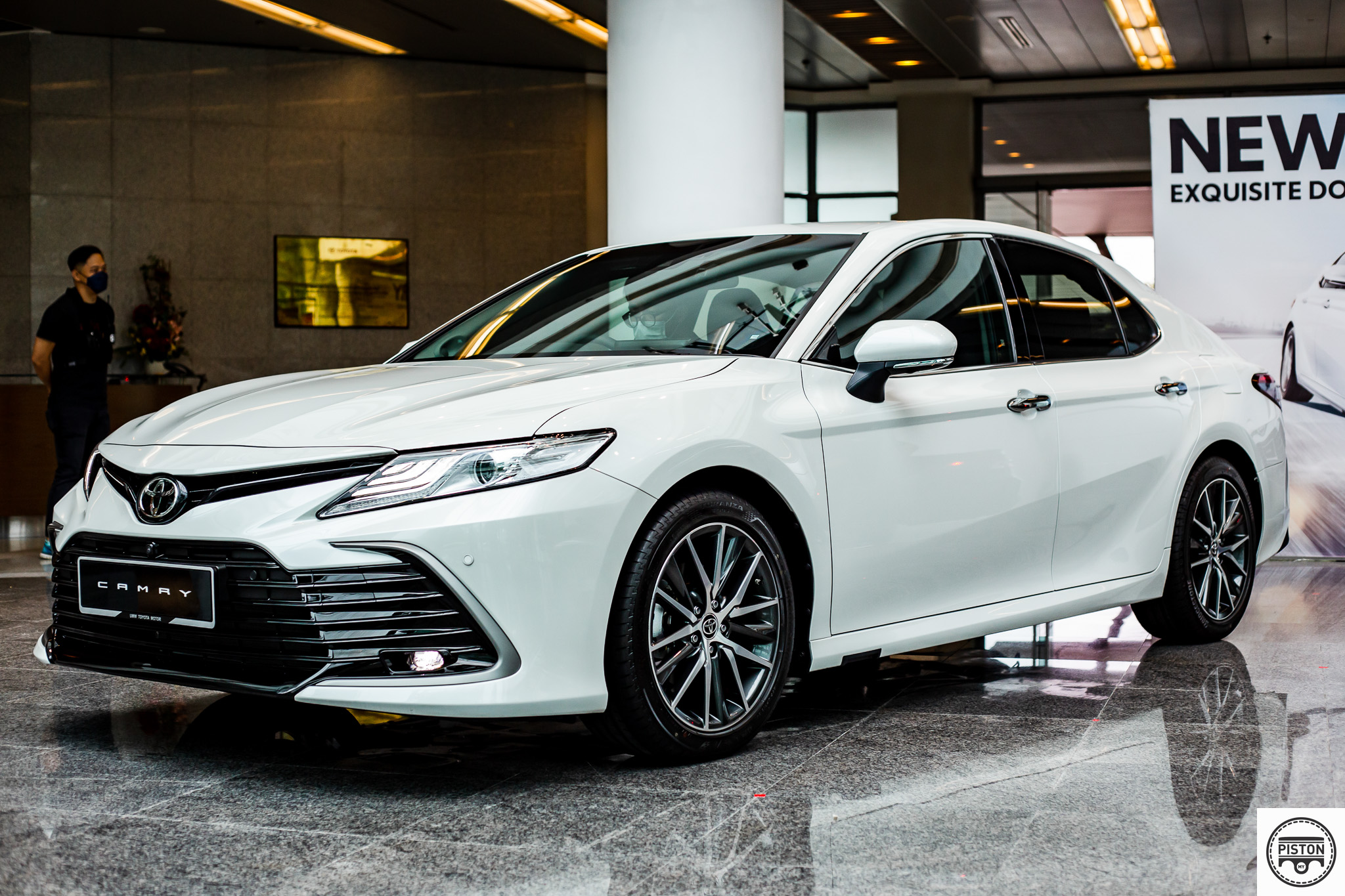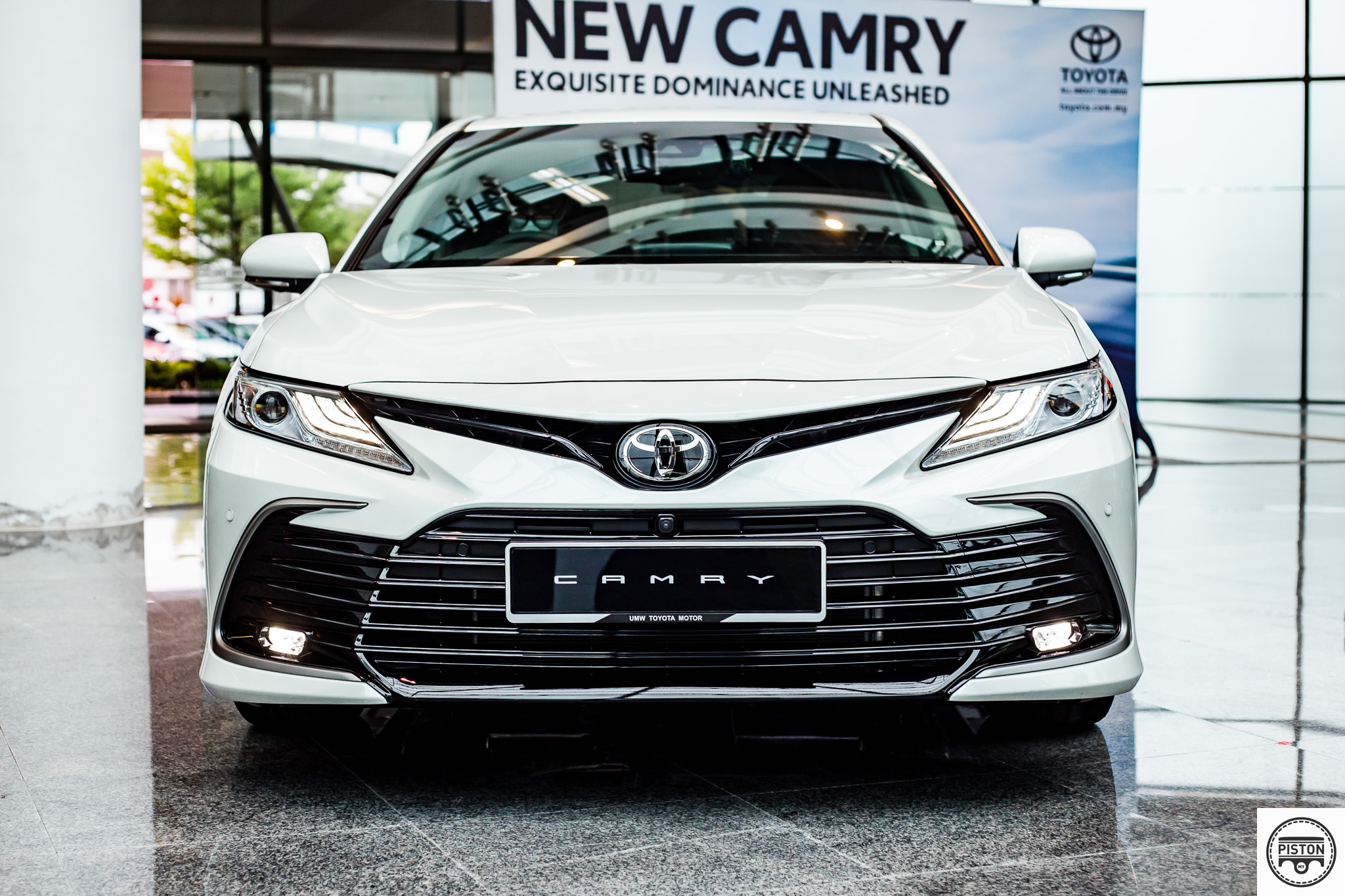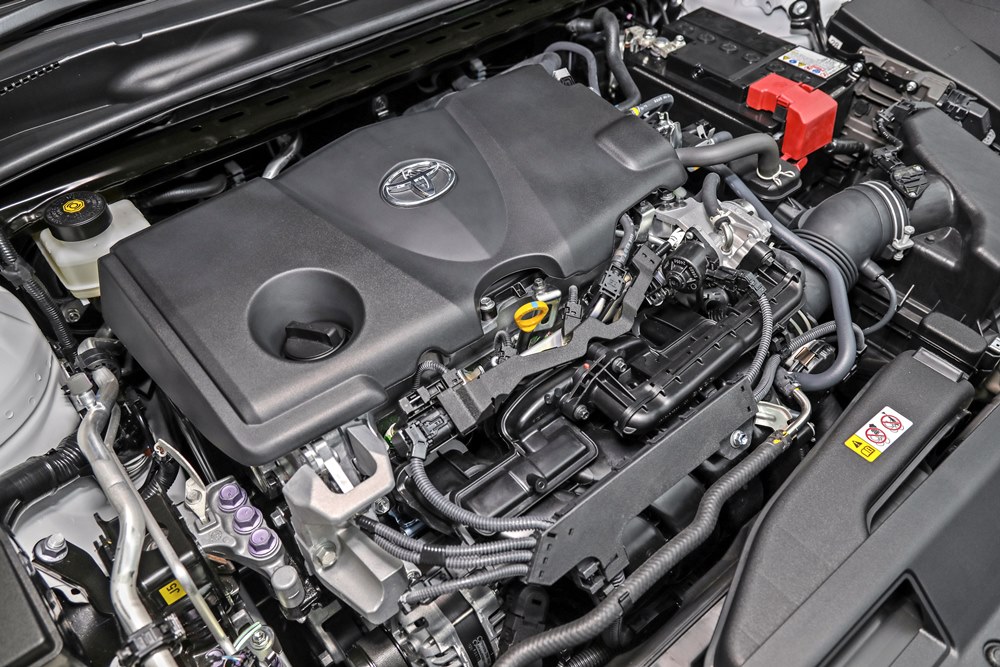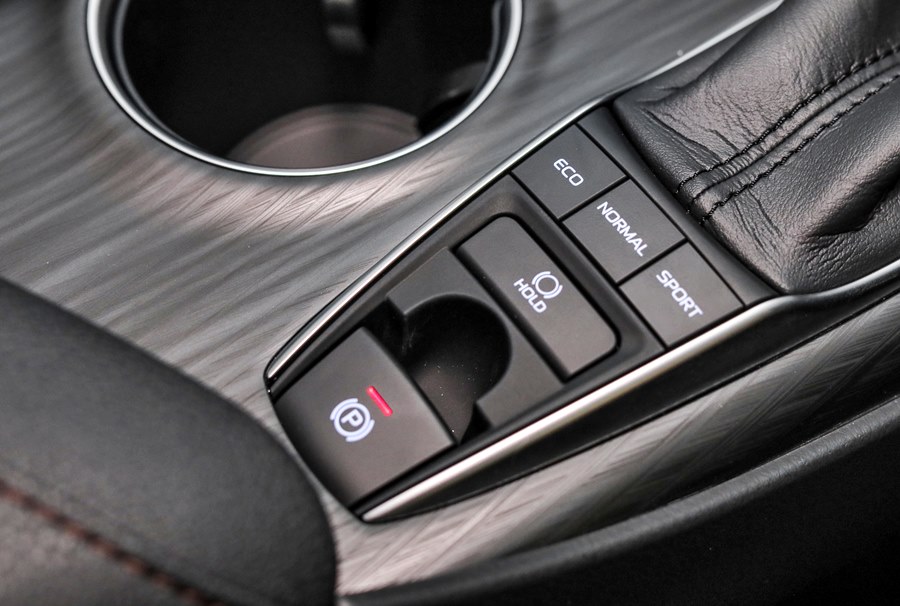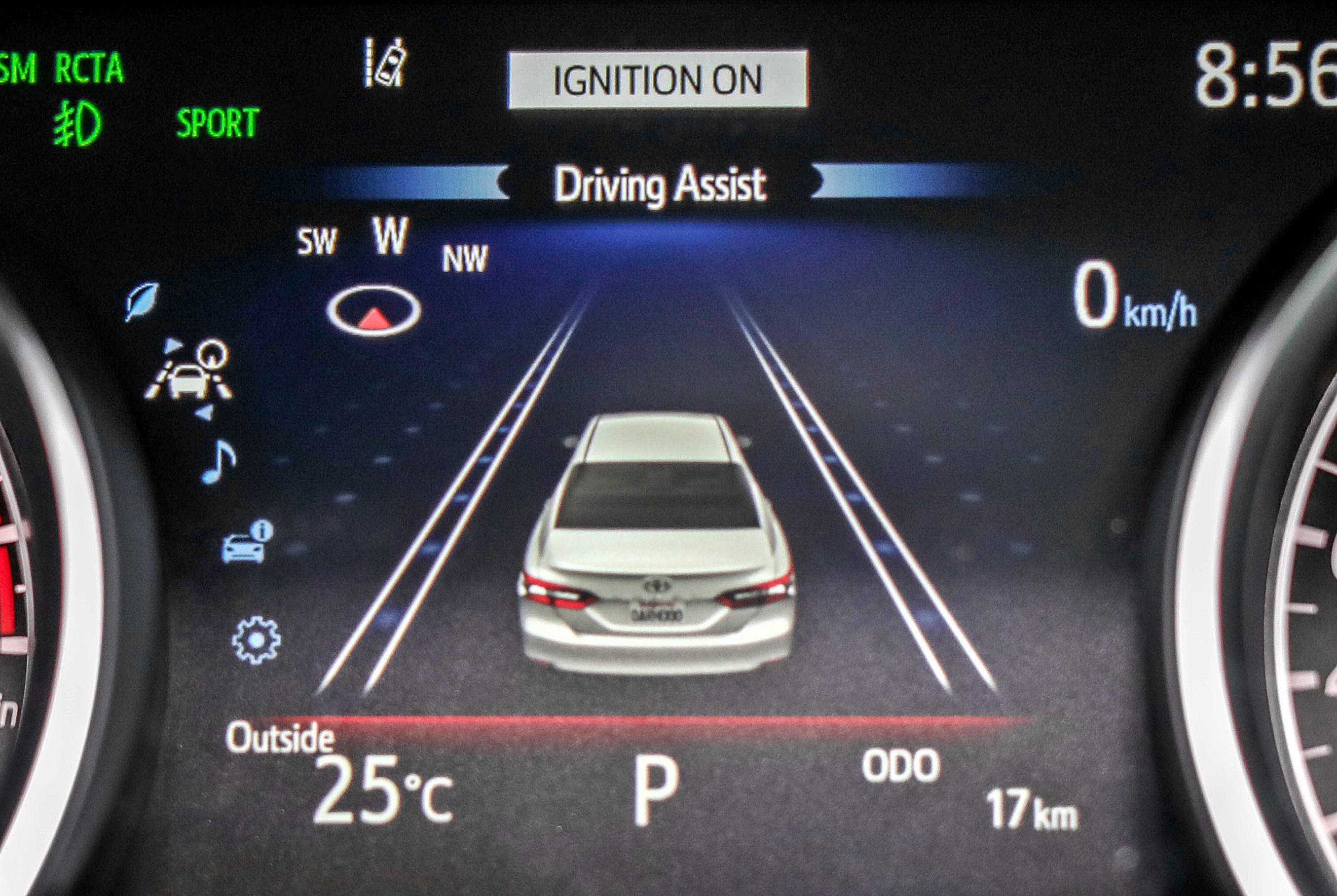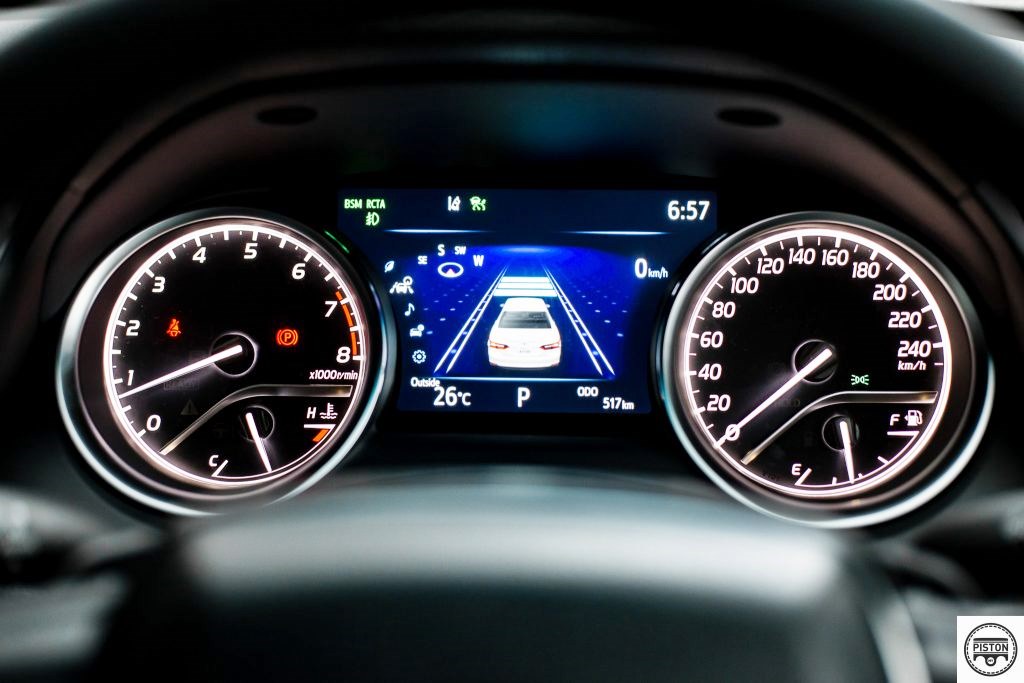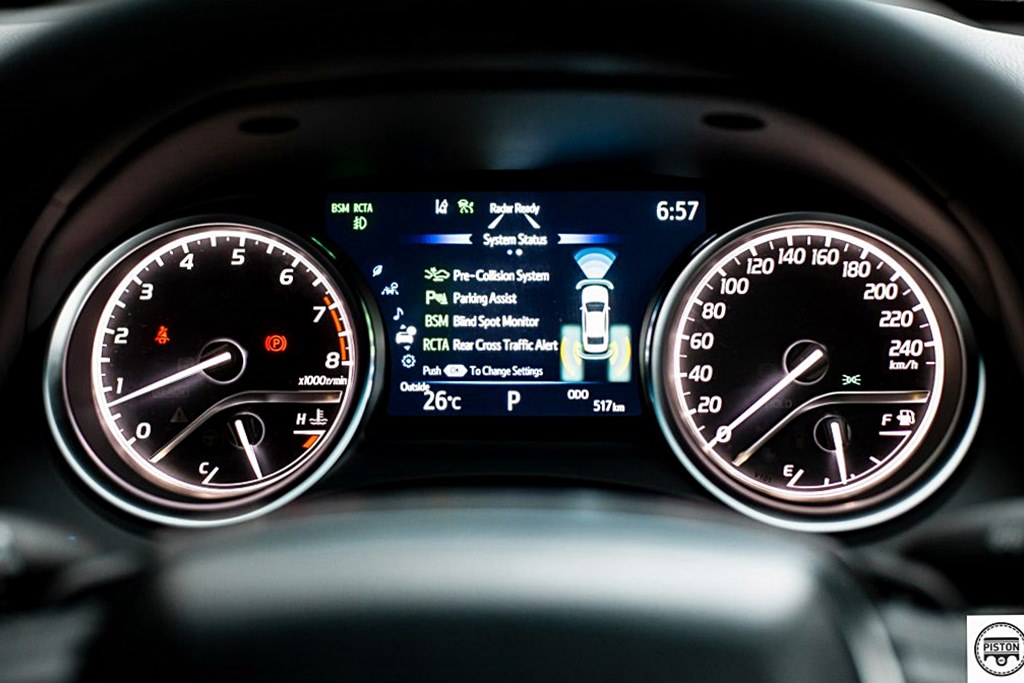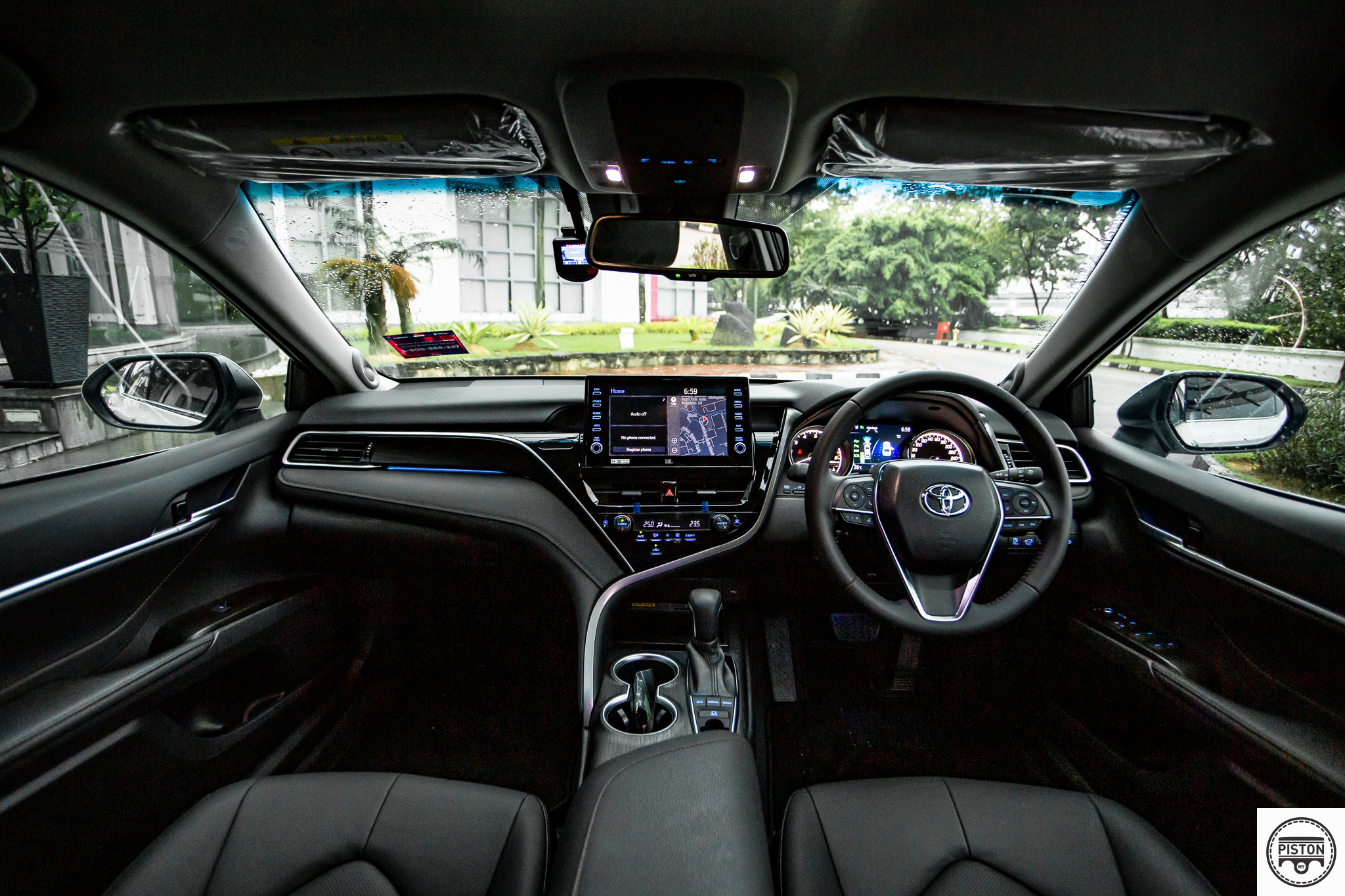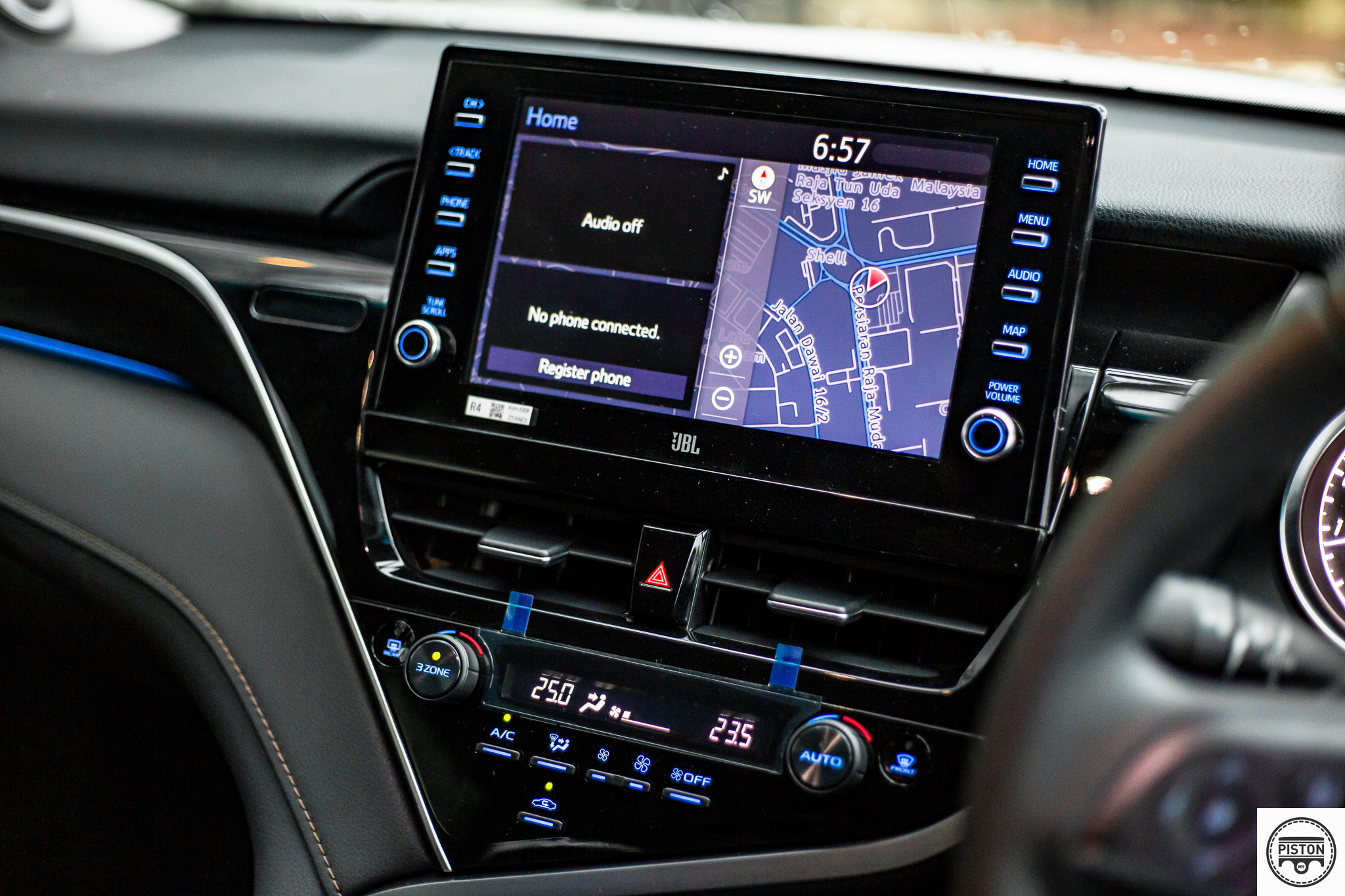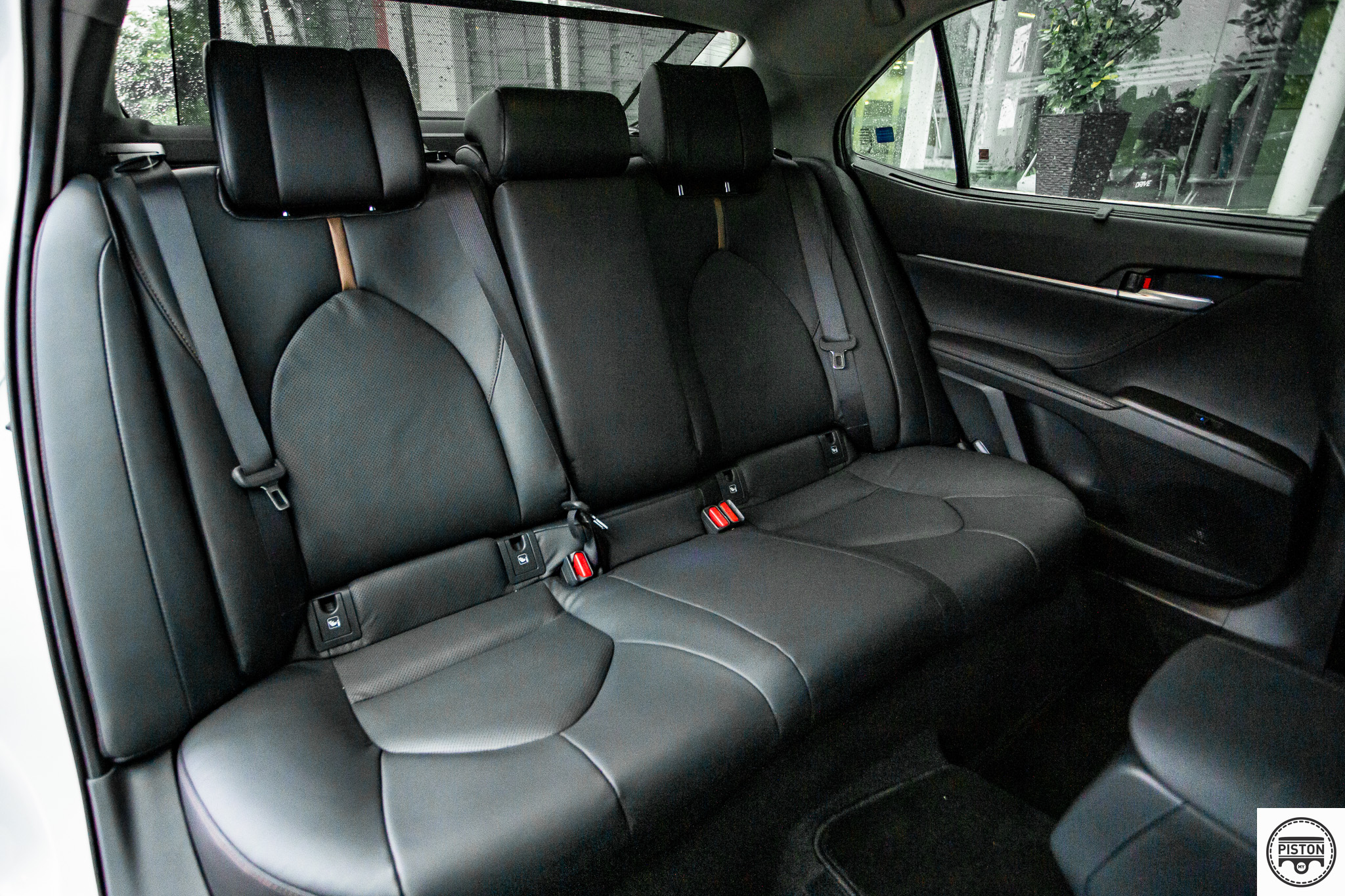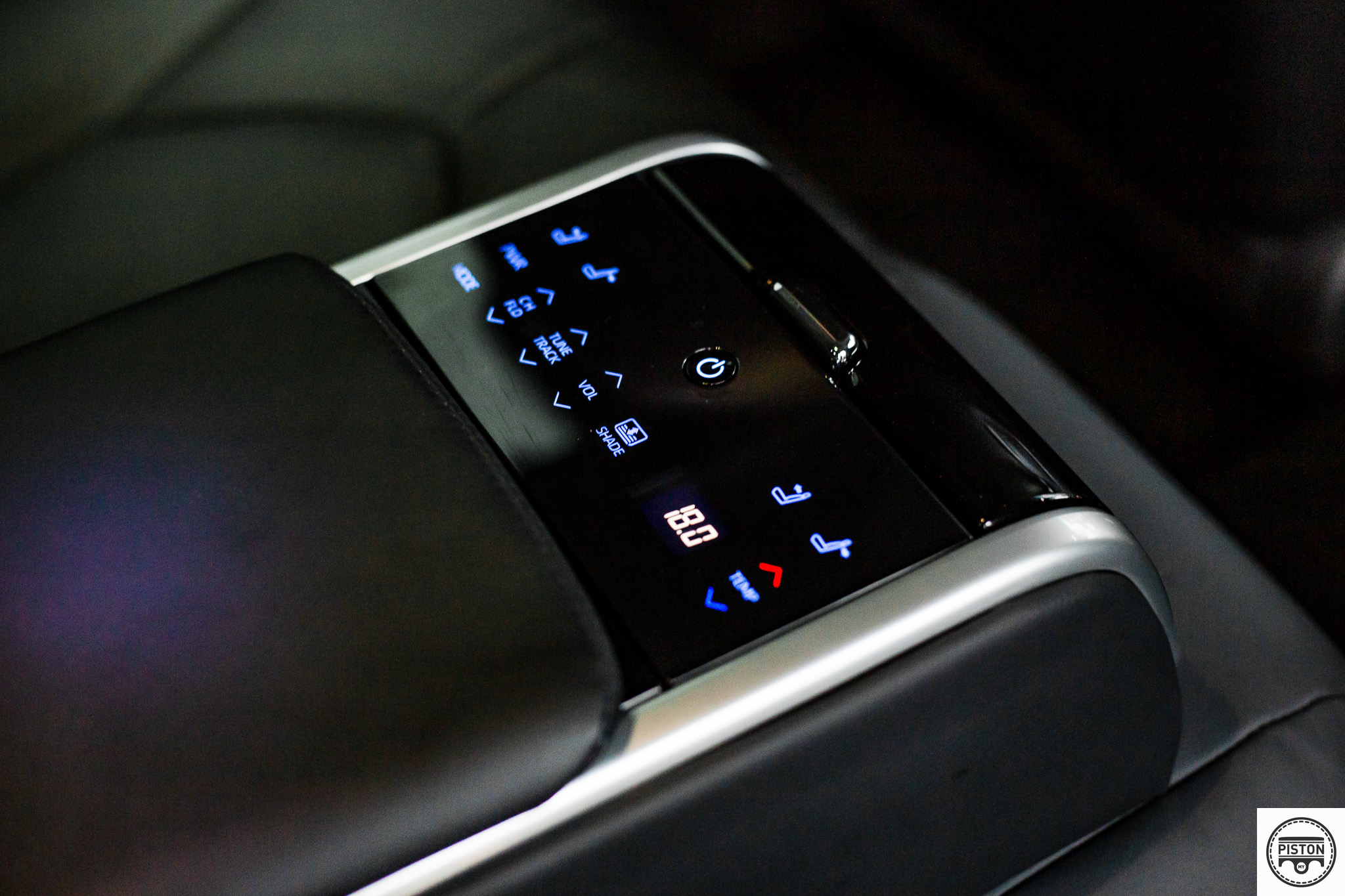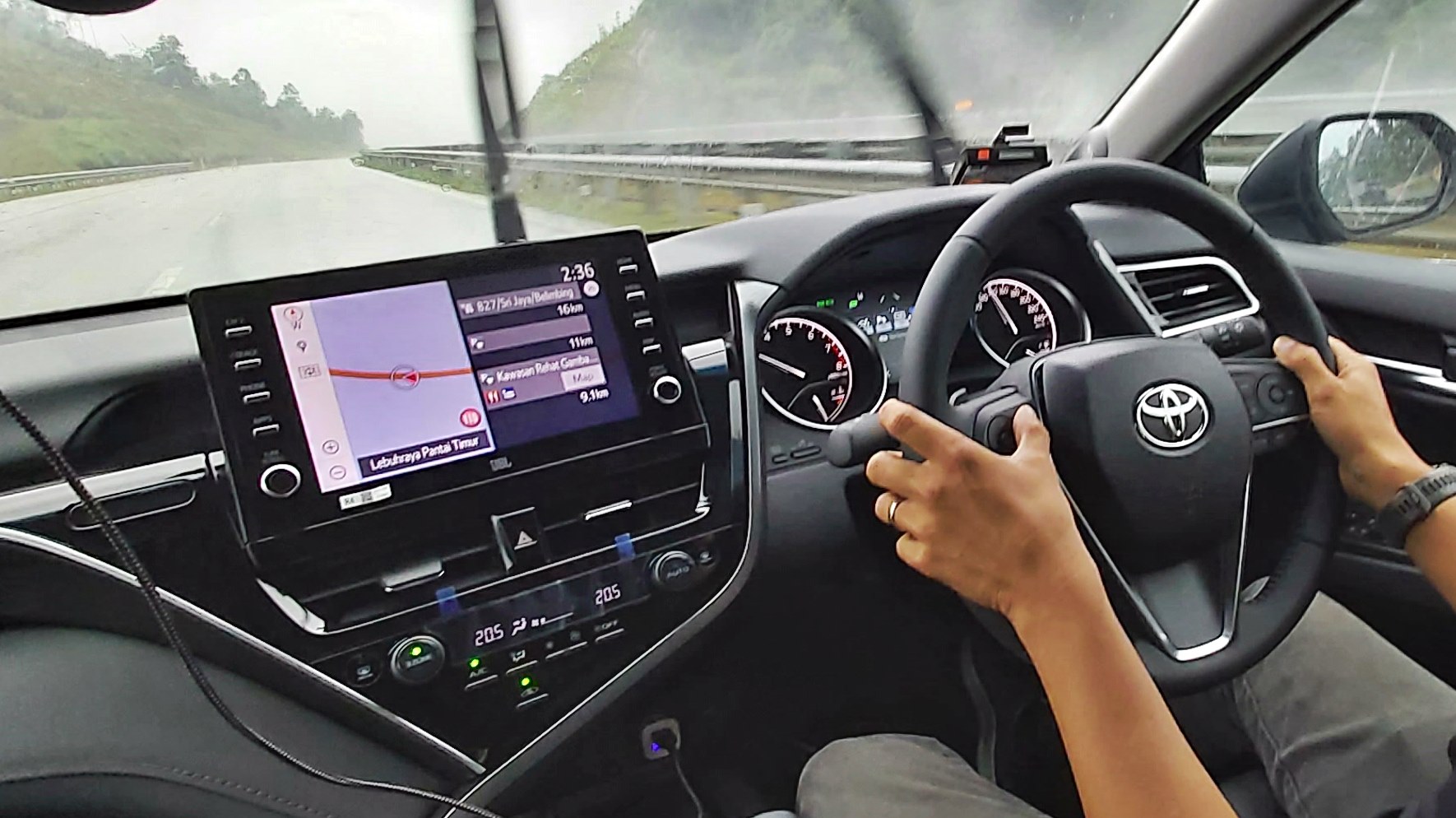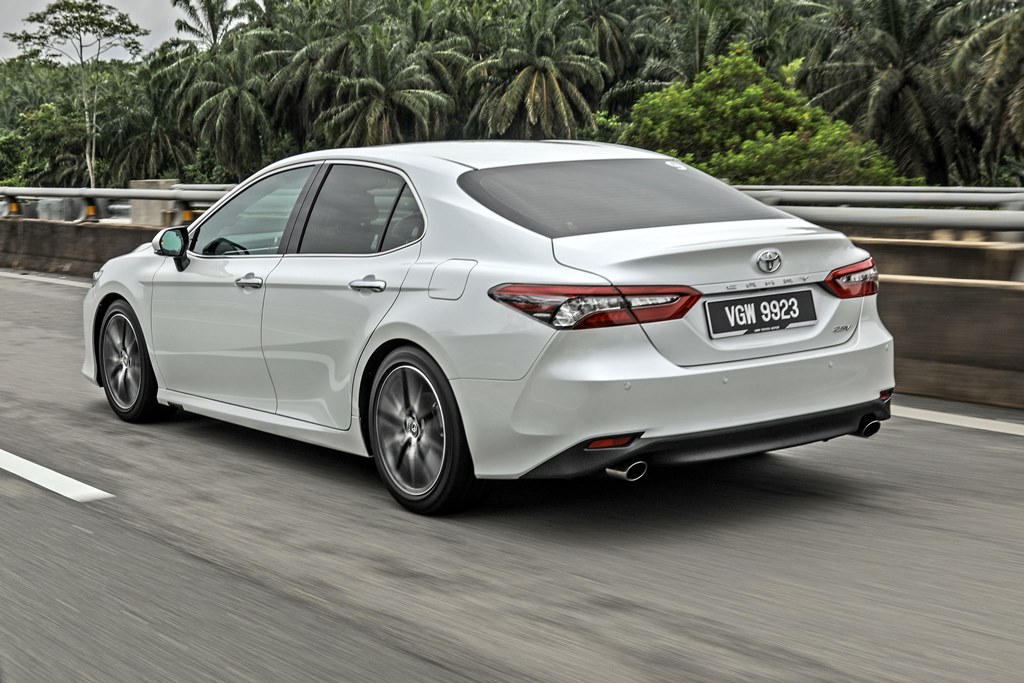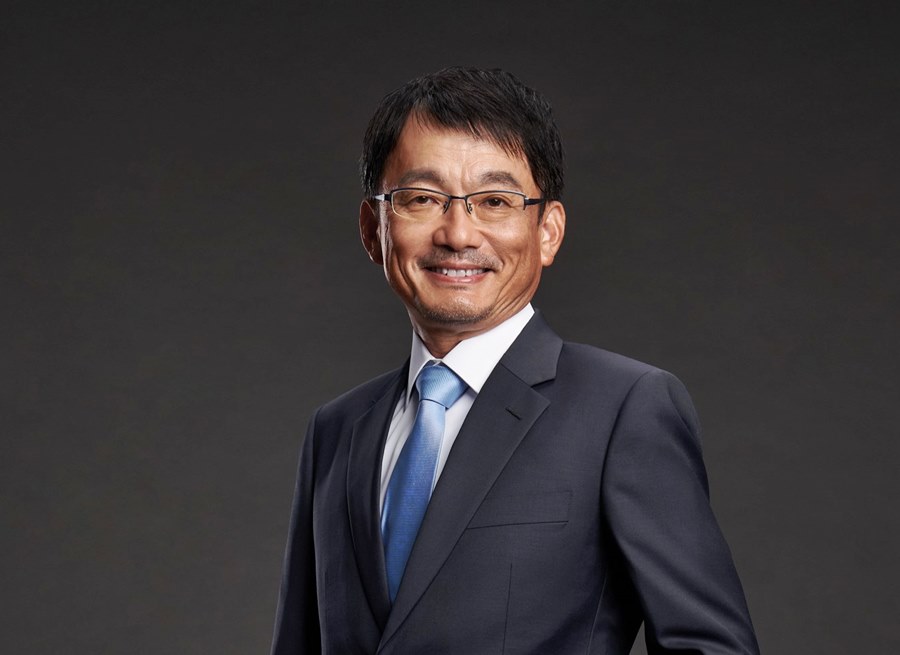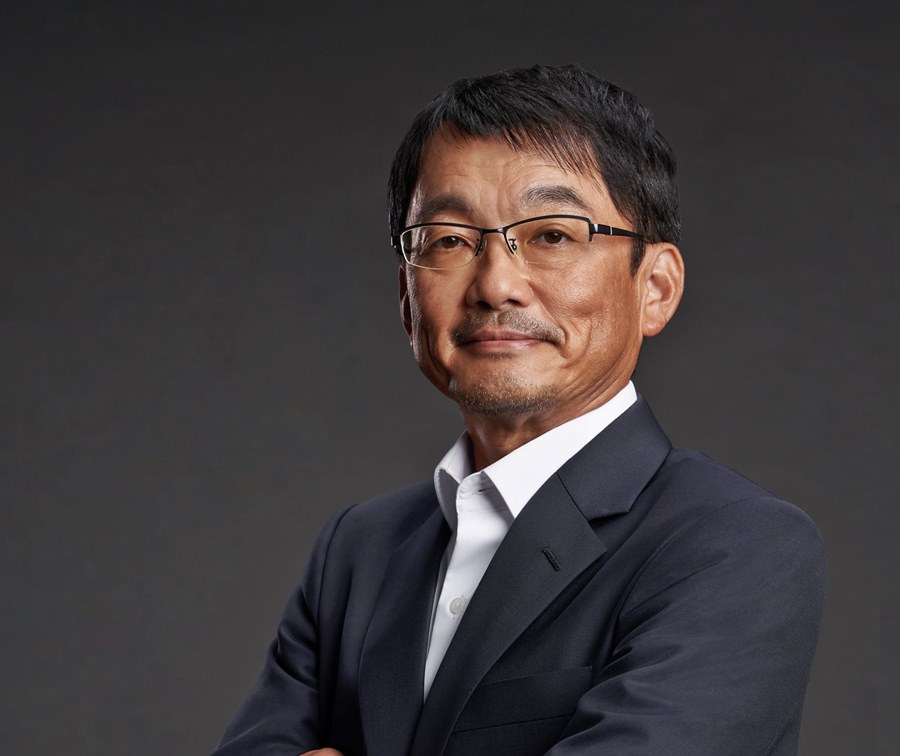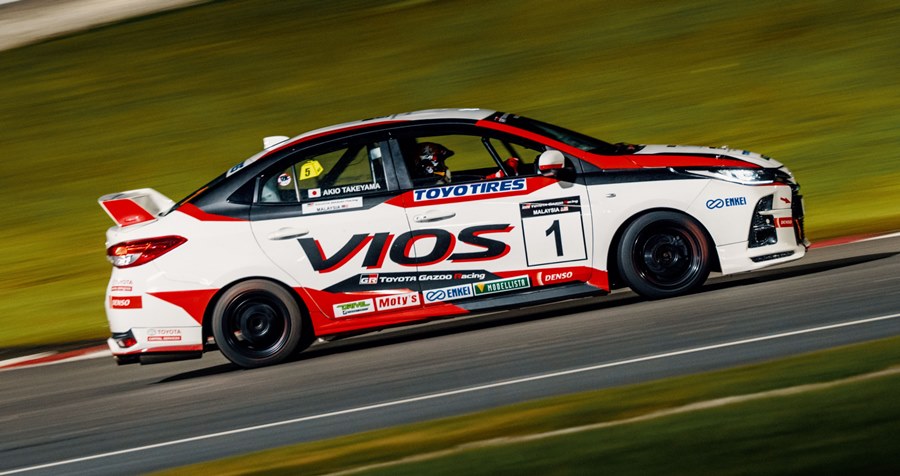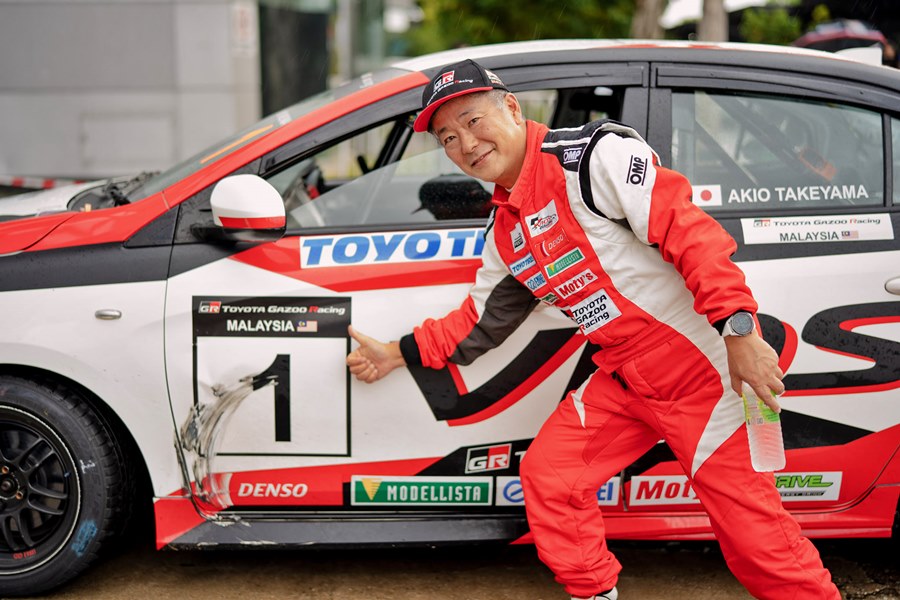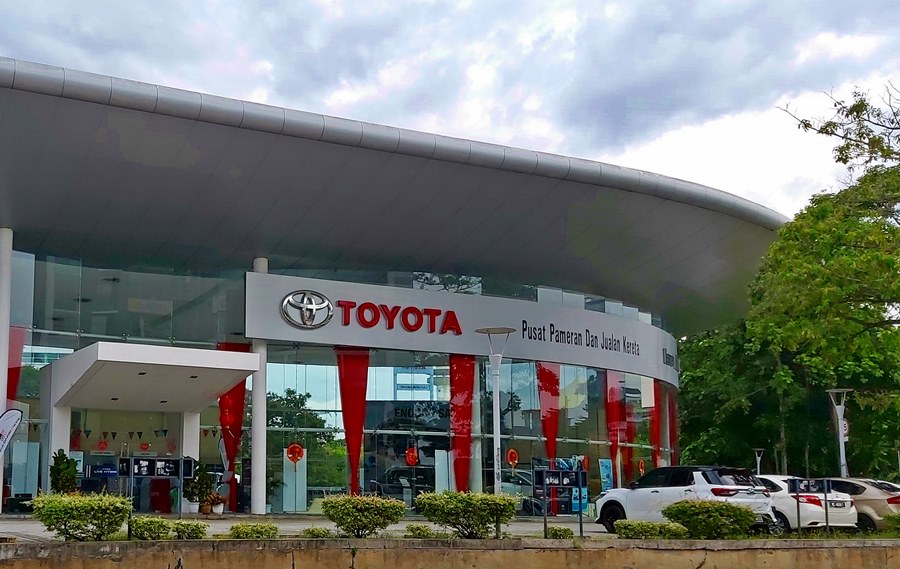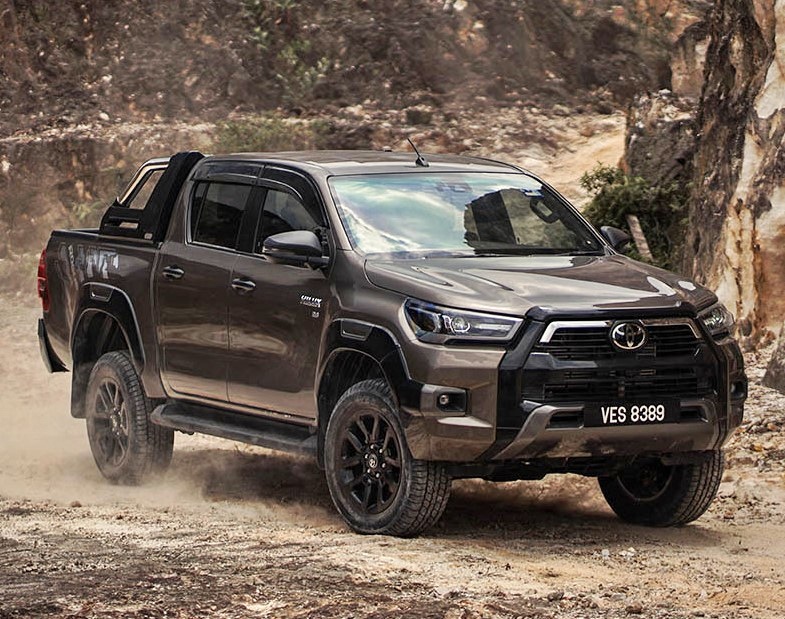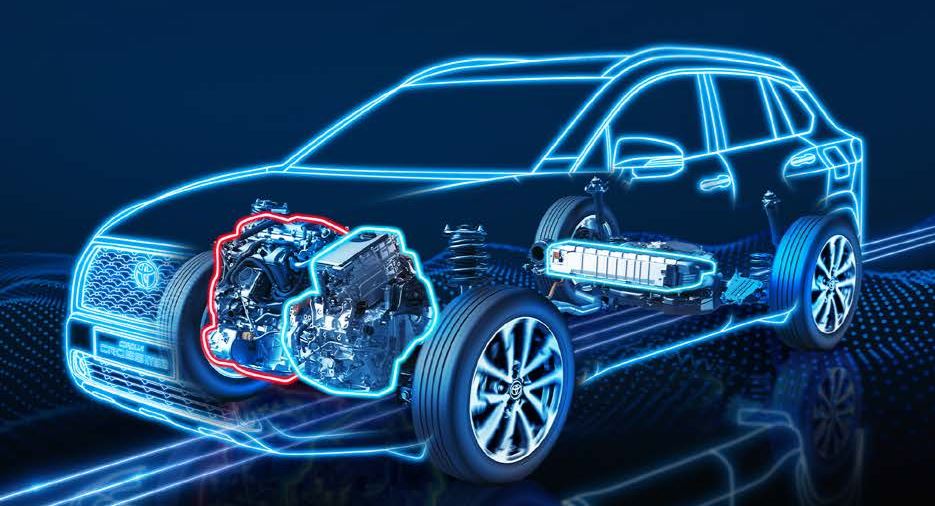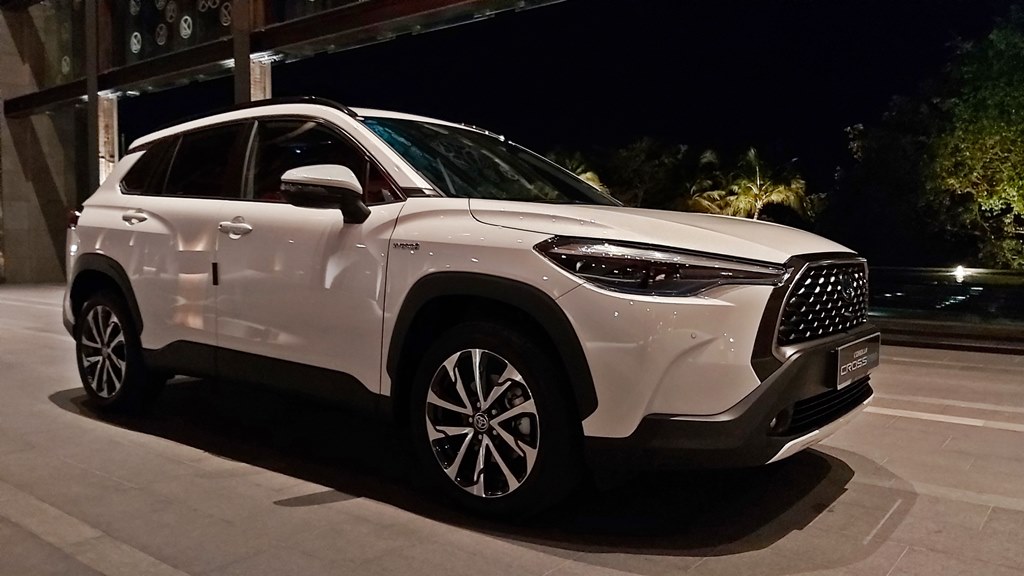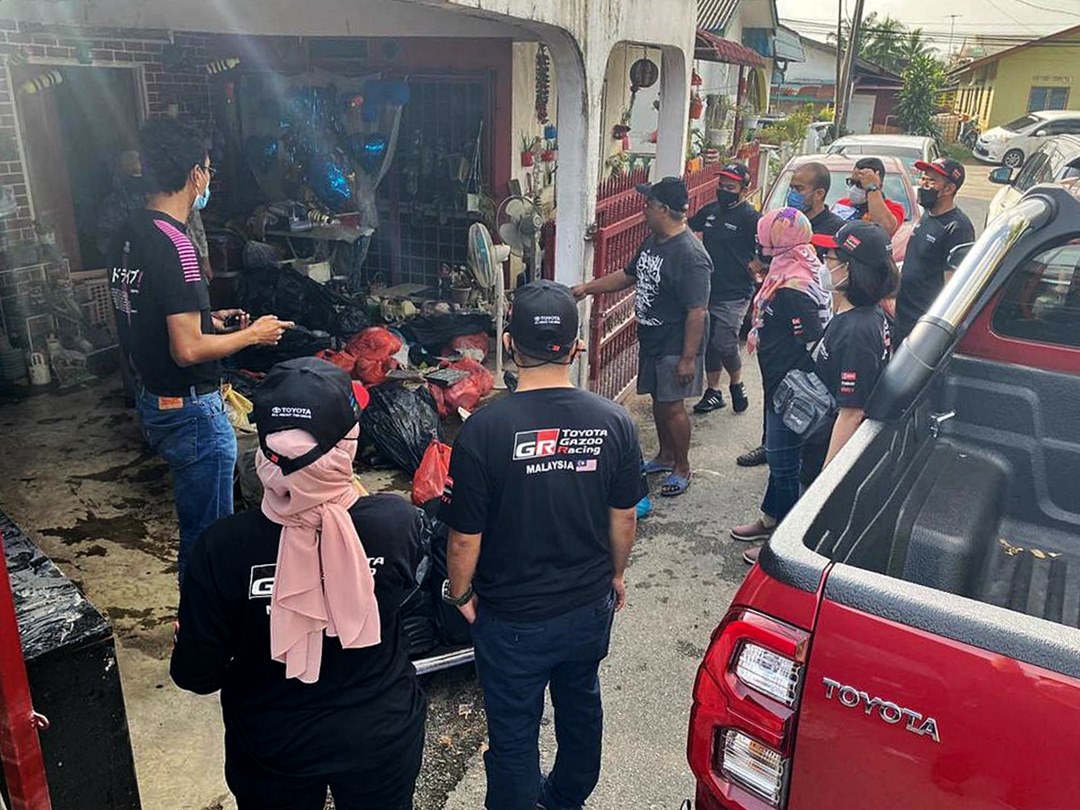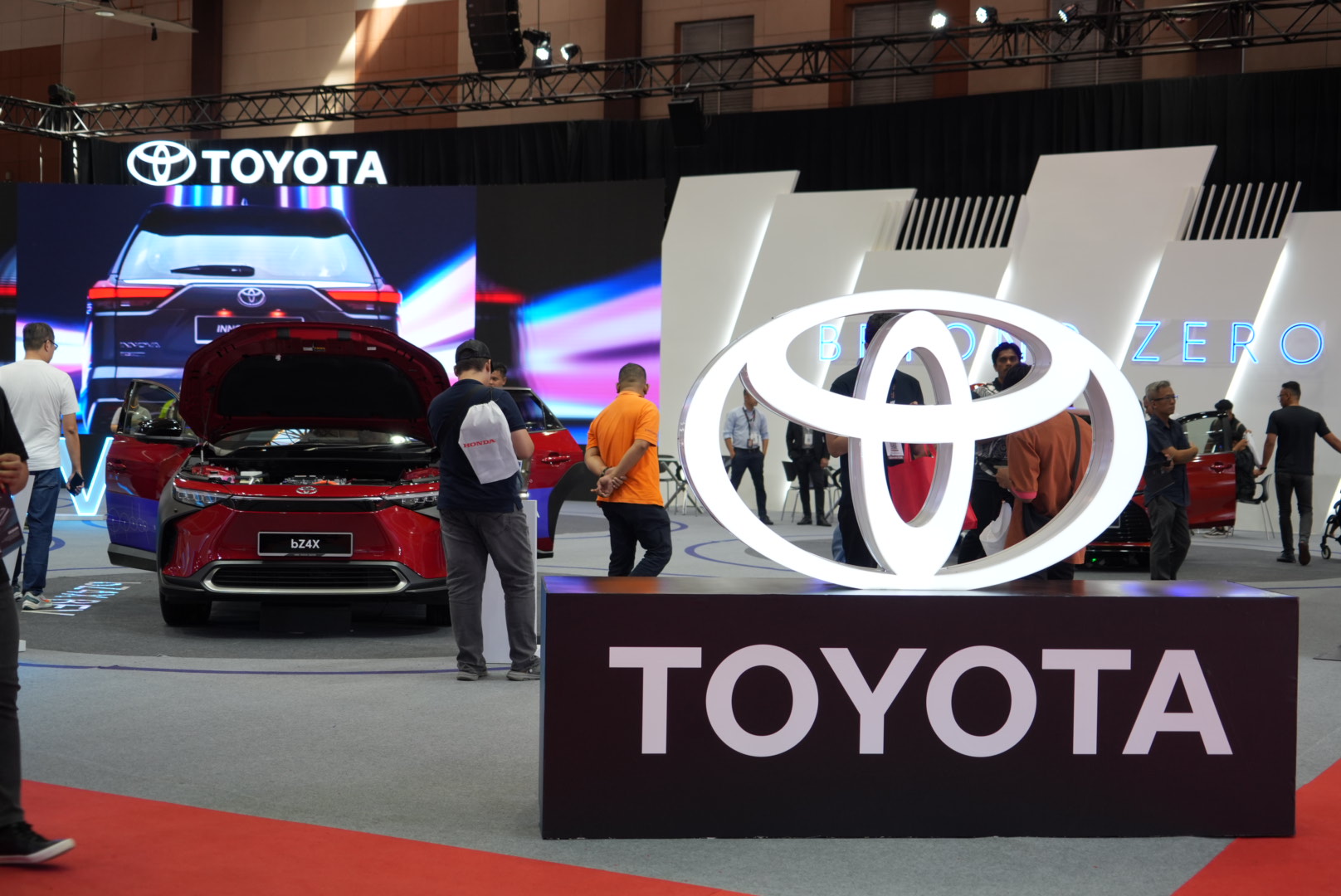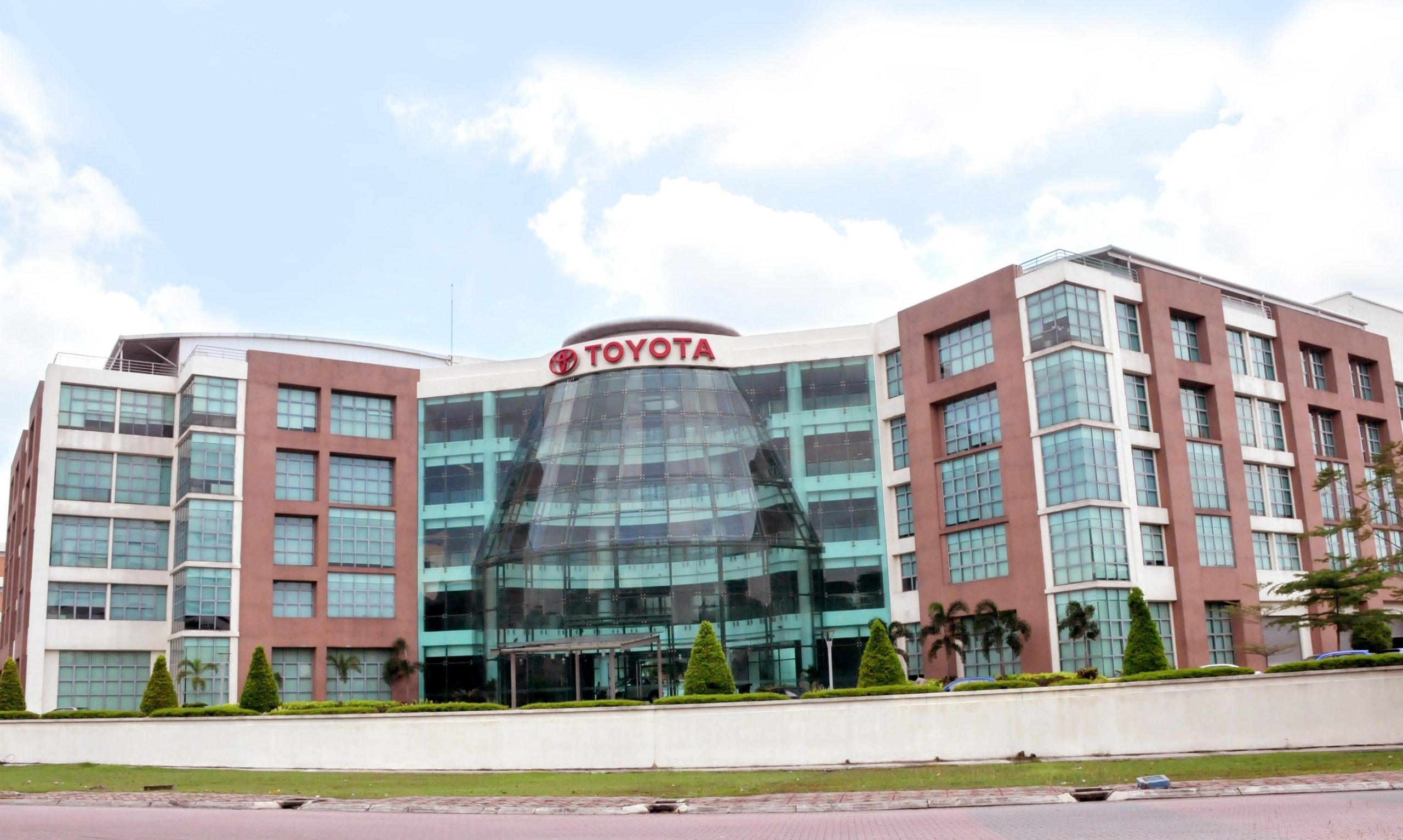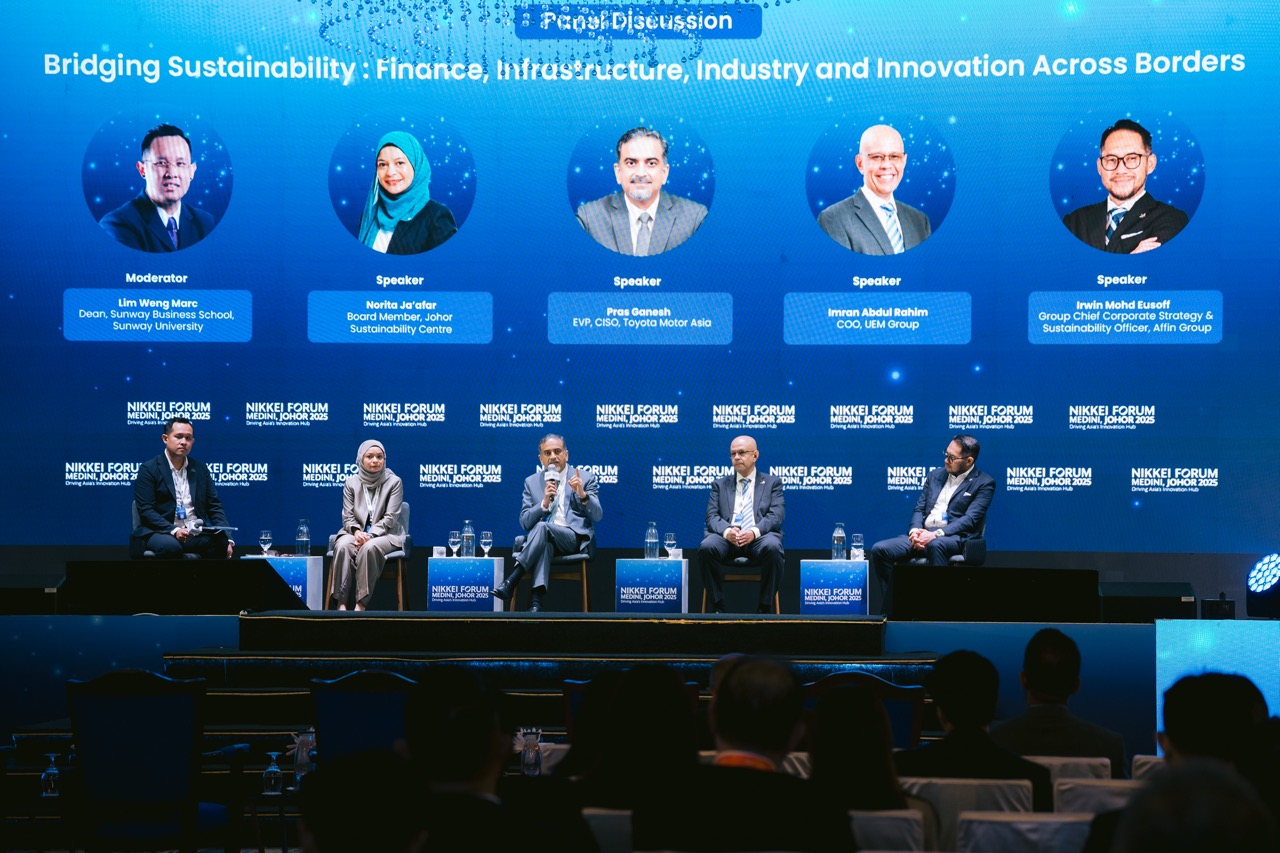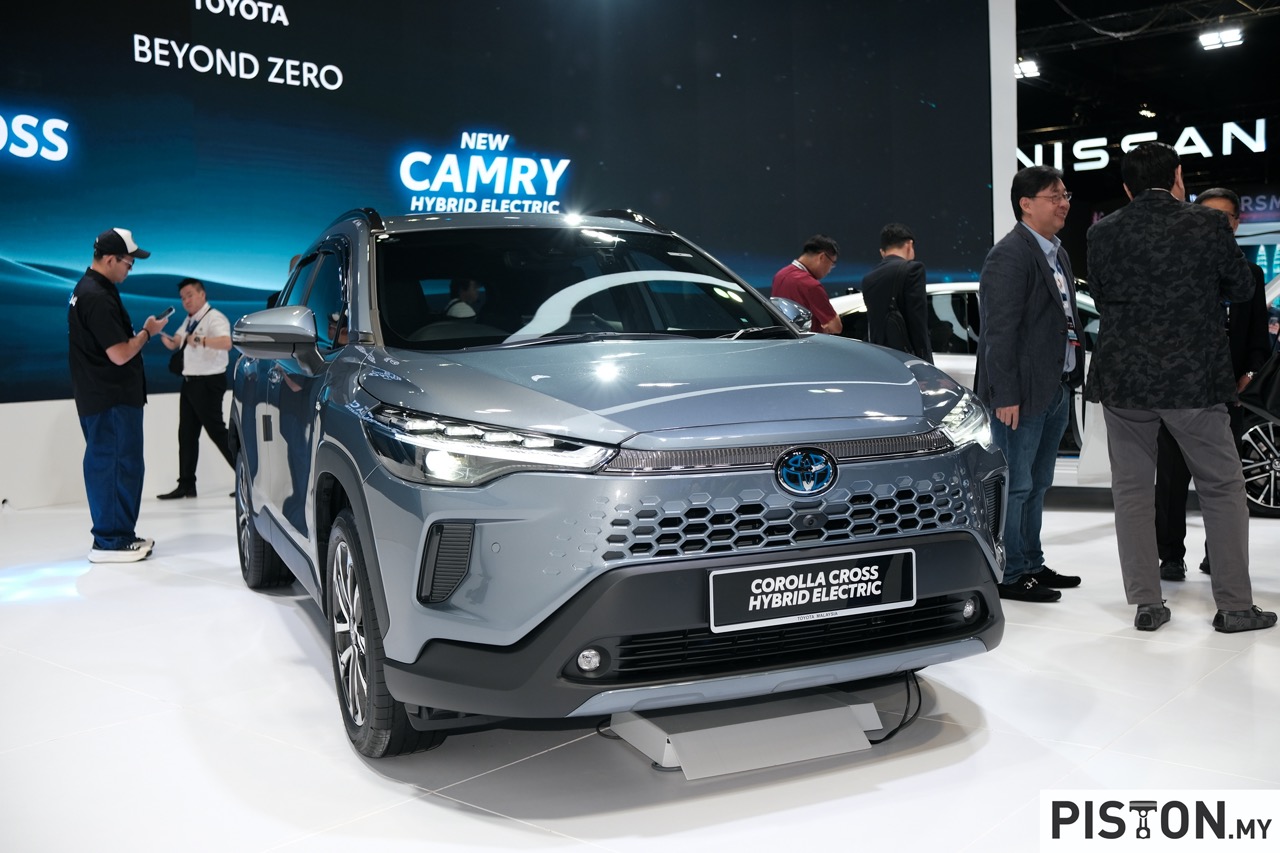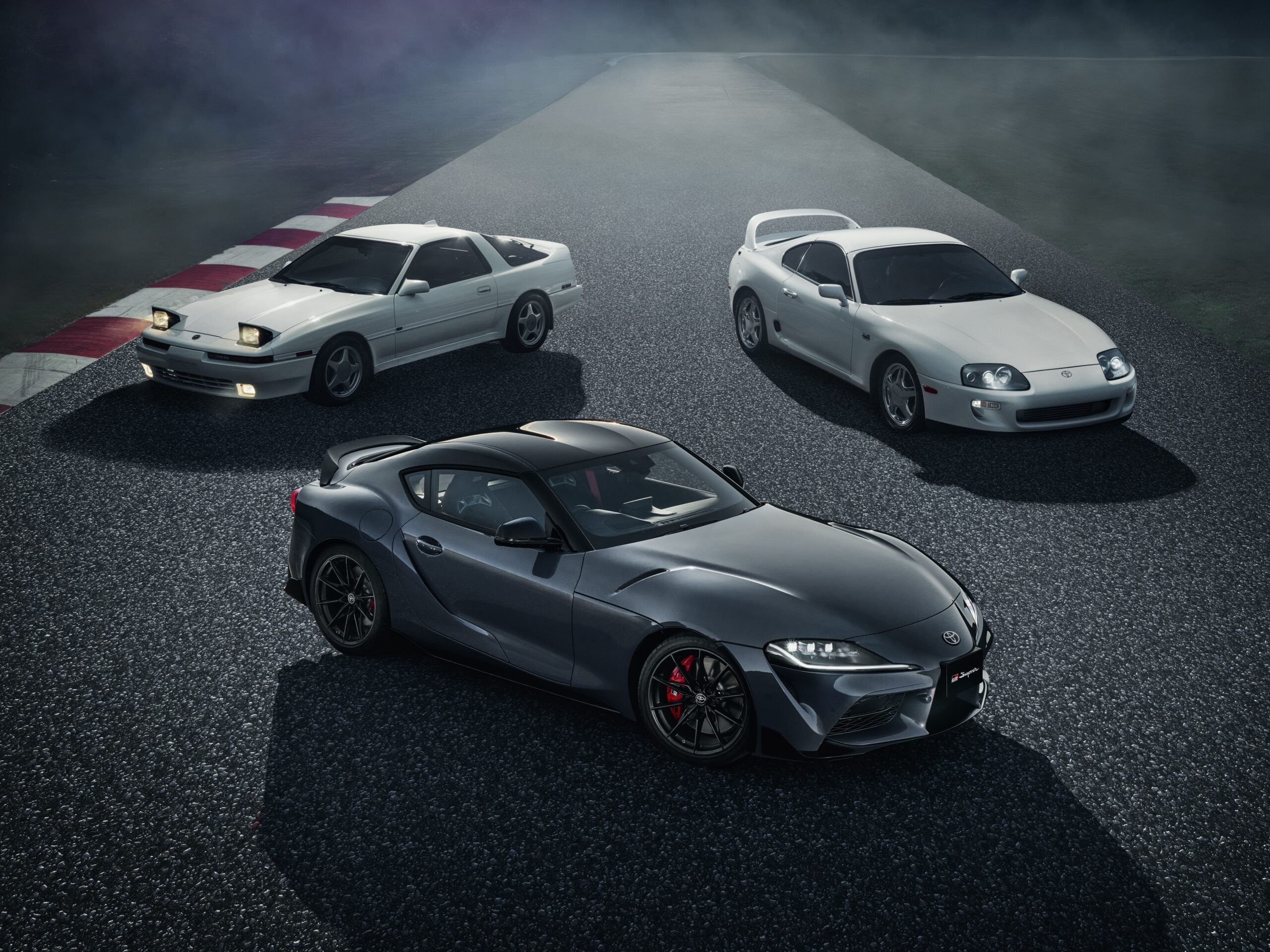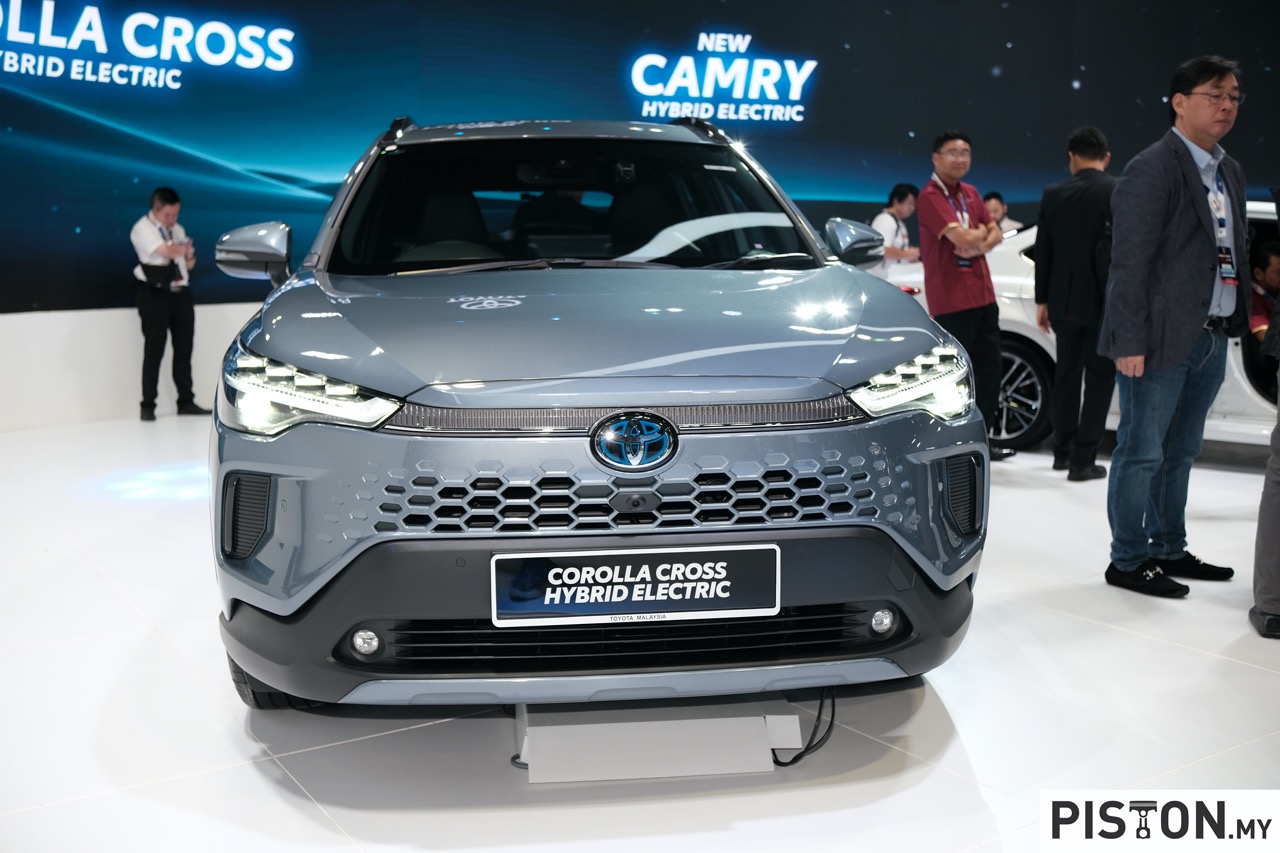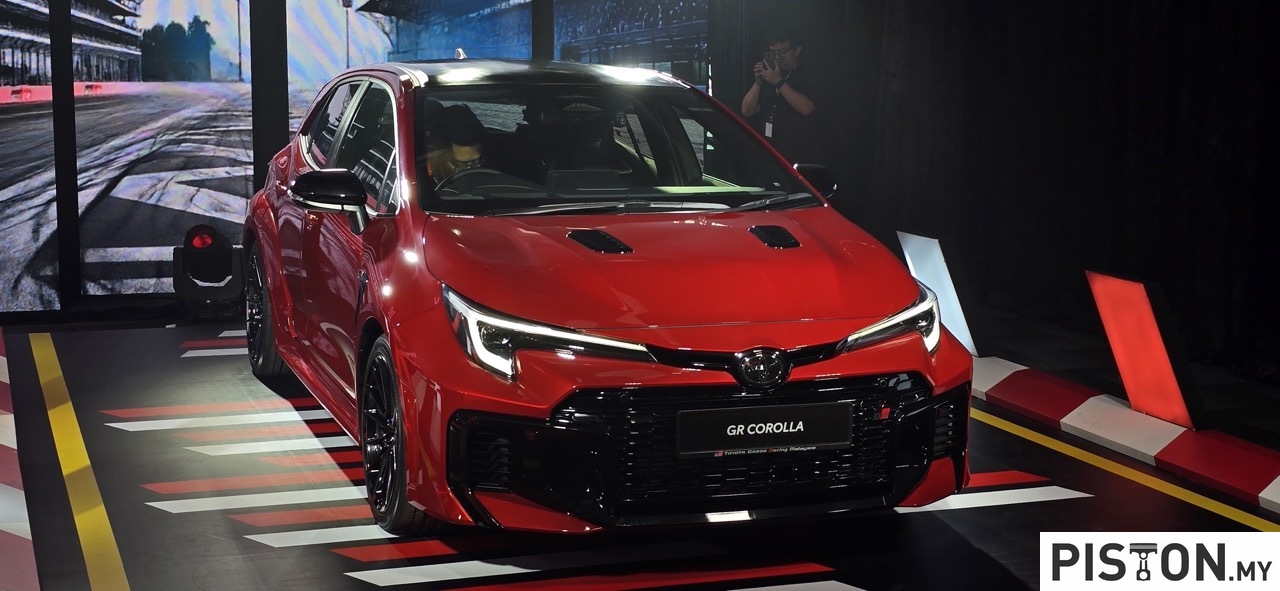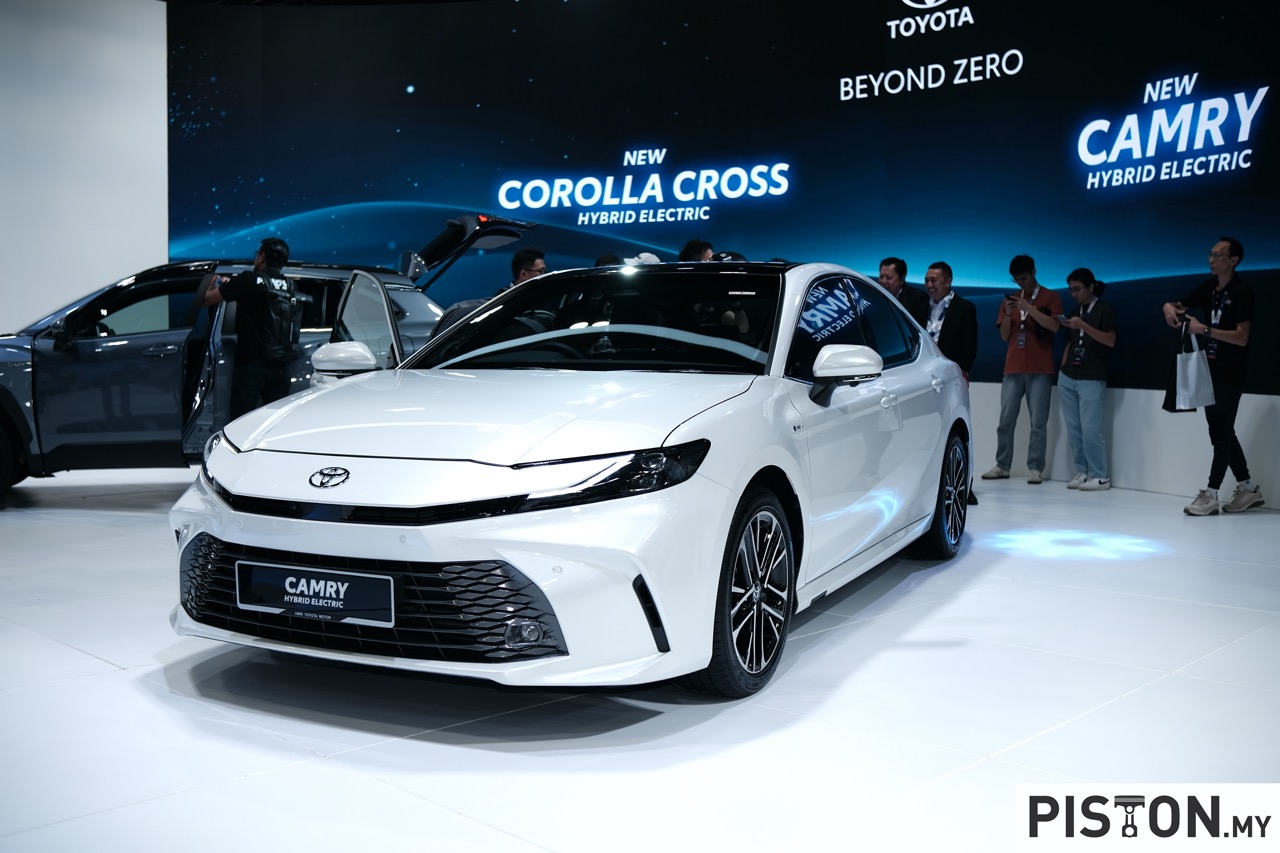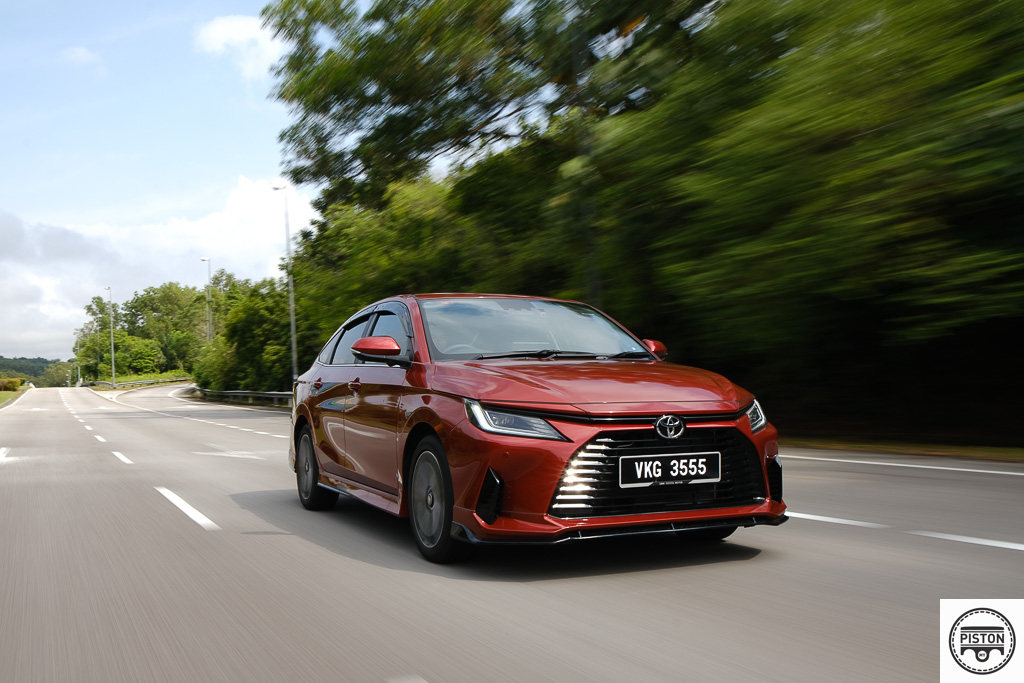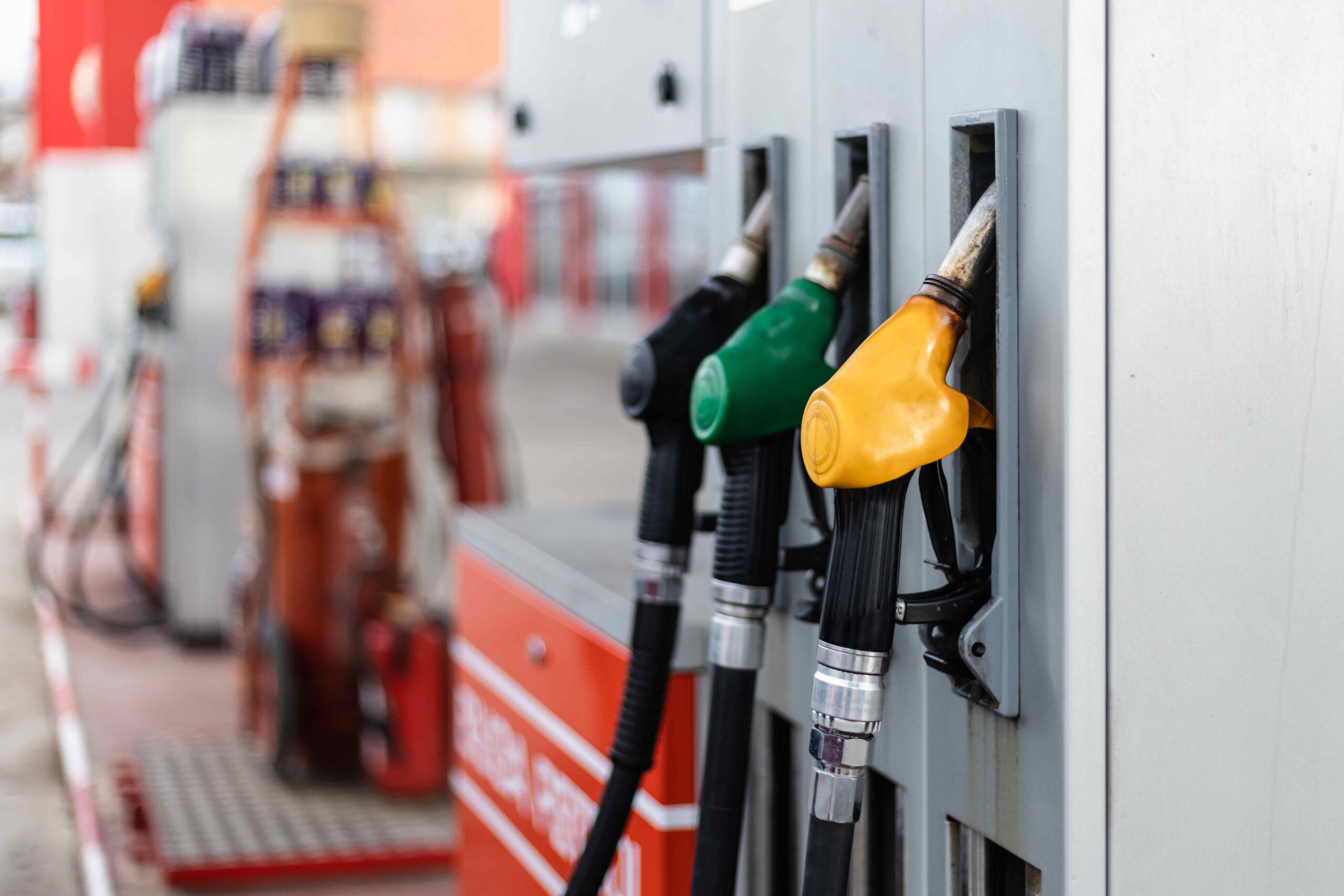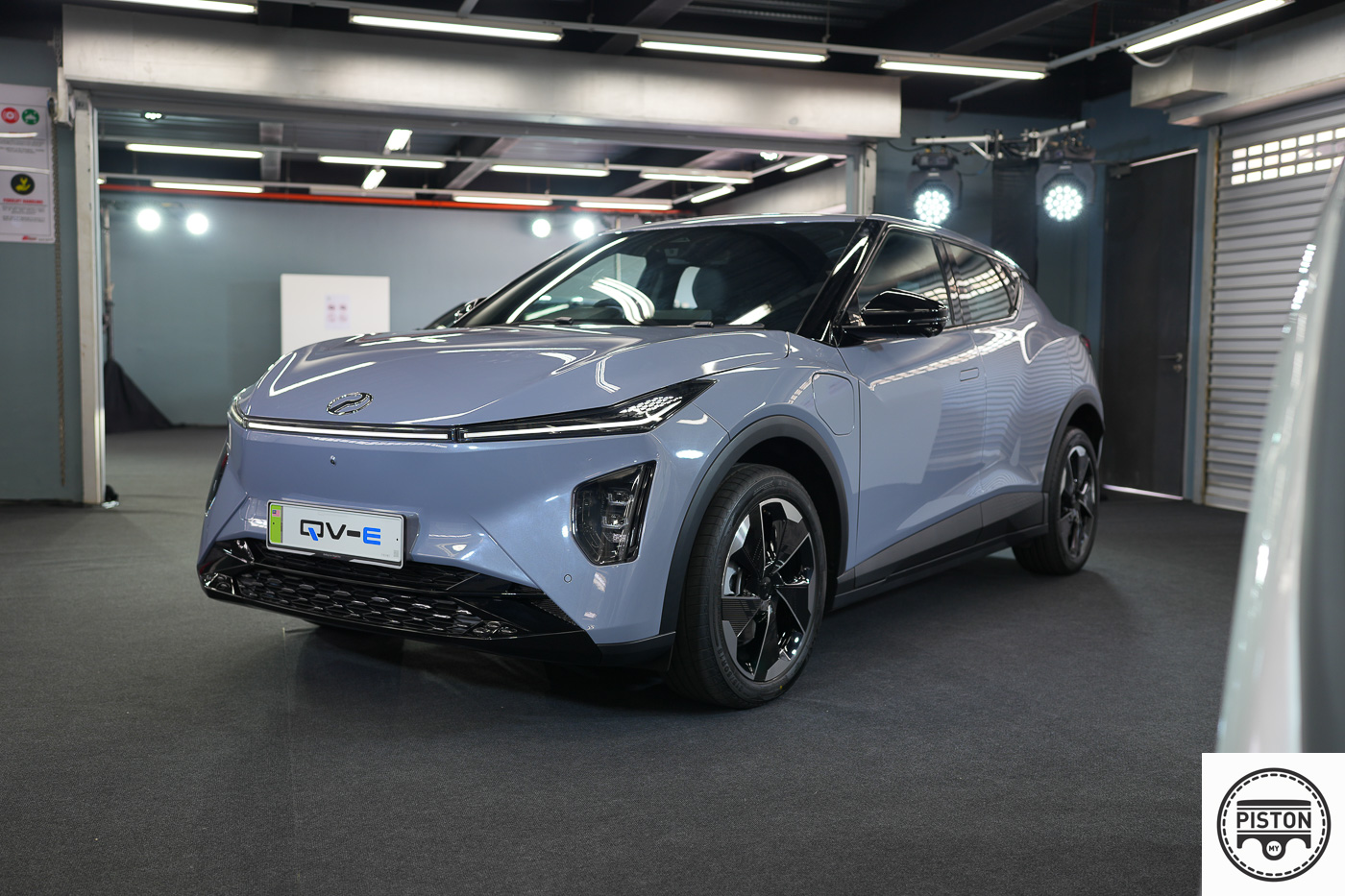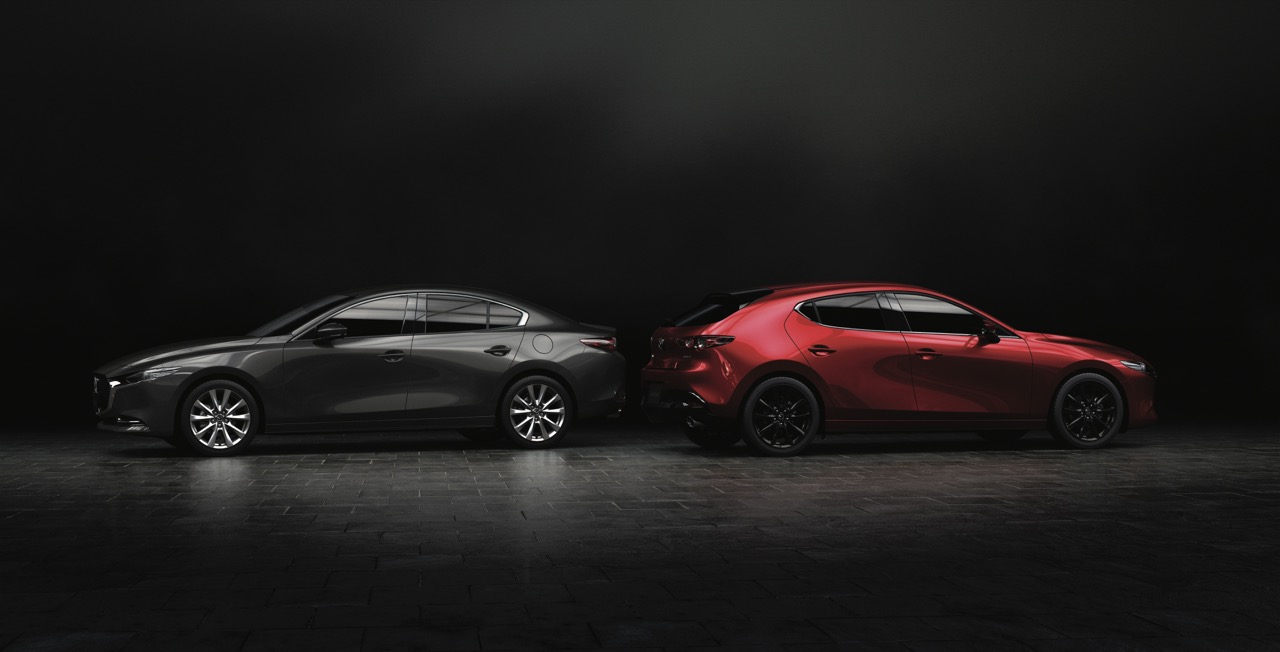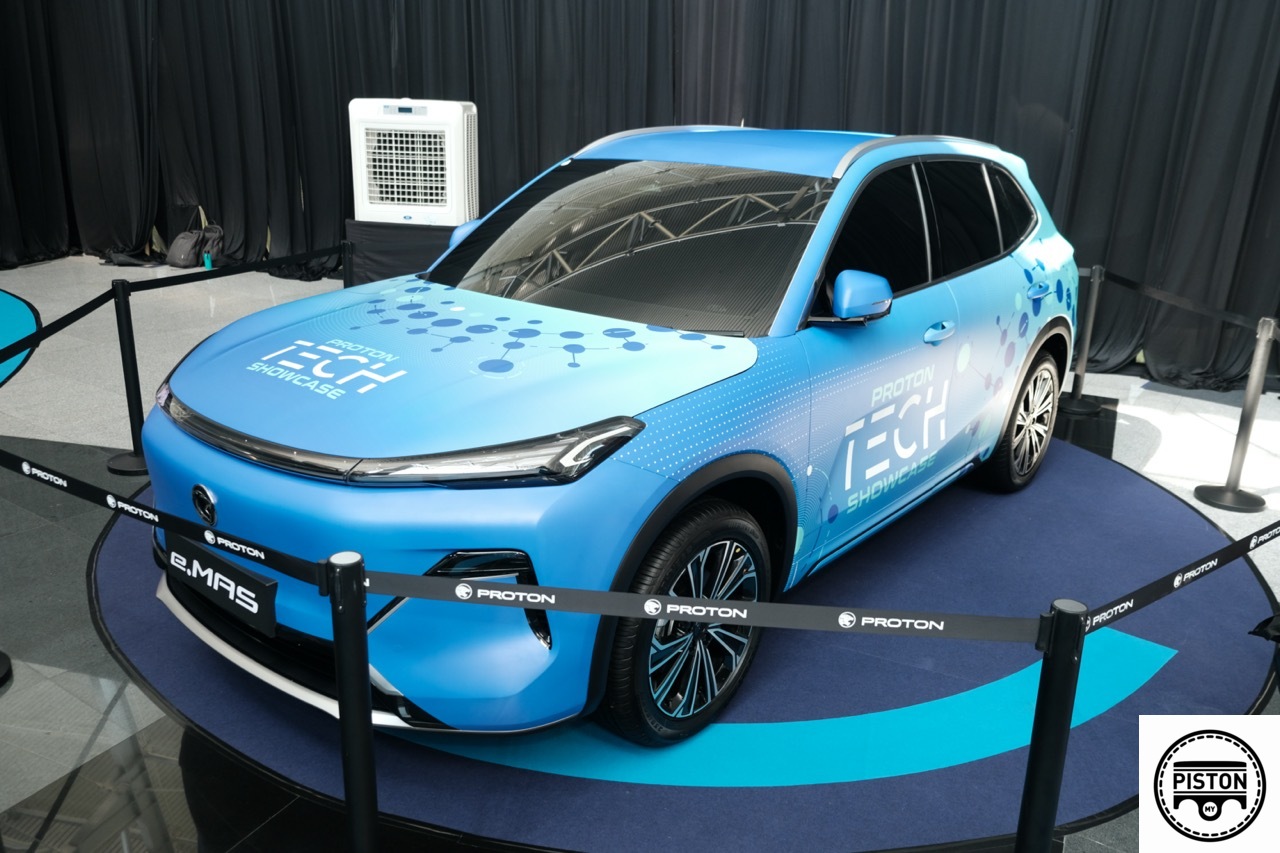It was another hot and sunny day as Day 2 of the first round of the Vios Challenge one-make series started today. Throughout the afternoon, there were close and hard-fought battles around the Sepang International Circuit, an element that has traditionally defined the racing action in the series. Clearly, the drivers in all 4 classes have warmed up with the start of Season 5 of the popular series that is part of the TOYOTA GAZOO Racing Festival (TGR Festival). As in every round in the past, the battles were intense from start to finish, with incidents and body contact that showed the determination of the participants, young and old, experienced and rookie.
“The one-make format of the Vios Challenge, the increasing number of younger drivers, and the emphasis we have placed on the GAZOO Racing Young Driver Development Program has certainly been able to make a significant impact on the track. It levels the competition between the younger and more experienced drivers, rewards skill and racecraft, and promotes an even higher quality of racing on the track,” said UMW Toyota Motor President, Ravindran K.
Super Sporting Class
In the Super Sporting Class for veteran and professional drivers, Eddie Lew got off to an incredible start from 4th position on the grid and kept his lead in the 20-lap race from start to finish. The battle for second and third was super intense with no less than 5 drivers in contention. The duels between the drivers allowed Lew to speed ahead to extend his lead from 3 to as much as much as 10 seconds at one stage in the race.
The Laser Motor Racing driver, who has been racing since the 1990s, eventually took the chequered flag with a comfortable 5.58-second gap ahead of his nearest rival. The battle for second and third positions saw Race 1’s winner and Axle Motorsports driver Hayden Haikal, team mate Boy Wong, M7 Japan Project Team’s Fariqe Hairuman and Amer Harris, as well as 23 Motors’ Ady Rahimy and Distinctive Model’s Clement Yeo trading places lap after lap before contact on the track put all of them out of contention for a podium finish.
Their misfortunes promoted Prima Pearl TD Racing Team’s Mitchell Cheah to second and Telagamas Toyota’s Freddie Ang to third until the finish. It was also Ang’s second podium finish after completing yesterday’s Race 1 in second place.
“I got a very good start and pulled away. I just maintained a good pace at the front but I took notice of Cheah catching up,” said Lew, 48, who rounded off the weekend with a race win in Race 2 and a third place finish in Race 1. “Luck was certainly on my side today. Both Cheah and Ang are, in fact, very fast drivers.”
Rookie Class
In the Rookie Class for the second batch of drivers who have undergone the GR Young Talent Development Program, 18-year-old Sharique Zulqarinain rounded up his racing weekend with a double podium finish, with victory in Race 2 and a second place in Saturday’s Race 1. Finishing second was 20-year-old Muizz Musyaffa. Securing third in both Race 2 and 1 was Muhammad Hamdany Abdul Hamid.
“I had a really bad start in Race 2 and I was honestly not filled with hope but throughout the race, I remembered what my mechanics and Dad had told me which was to just keep a cool head and have fun. I was just trying to set a consistent time on every lap and in the process, I began overtaking the other competitors. From then on, it was just a job of maintaining my pace,” said Sharique.
Sporting Class
The Sporting Class, which also has experienced and skilled drivers, also produced a fair share of drama on the track but at the end of the 20-lap race, it was Crestmax Motorsports Bradley Benedict Anthony who was declared the official winner, with Panglima City Racing Team’s Kenneth Koh and 23 Motors’ Abdul Miqail in second and third places, respectively.
Actually, Race 1’s winner, Naquib Azlan of Axle Motorsports, had been first to cross the finish line but his hopes of a double race victory weekend were shattered when he was later handed a 30-second penalty, effectively dropping him to seventh position overall.
“I started from fourth position and paced myself with the incidents that occurred in front allowing me to take advantage of the situation. My main goal in every race has been to collect as much valuable points as I can with the overall championship in my sights,” said Bradley who had a third place finish in Race 1.
Promotional Class
The battle of the celebrities in the Promotional Class, always a popular race, saw actor Shukri Yahaya clinching victory, which was also his second visit to the podium following Race 1’s second placing. Fellow actor Zizan Razak however, was determined to pass him after having fought his way up from last place to finish second in the 18-lap race. Presenter Nabil Ahmad rounded up the top three podium finishers.
Starting from sixth on the grid, Zizan endured the misfortune of being spun around on the opening lap which dropped him to last place. His pace on the track, however, was visibly quicker as he made quick passes to move forward.
“I take racing very seriously. It’s something that has interested me since I was very young. As my entertainment career progressed, it slowly allowed me to begin venturing into tracks days, taking up karting and even to the extent of competitively racing karts. It came to a point that I realized that one of my weaknesses was the limited time I had driving on the track and that was when I eventually invested in a simulator to practice,” said Zizan.
“This enabled me to improve on my braking and racing lines, and I have been able to effectively apply all that I have learnt in the Vios Challenge. And when we have practice sessions conducted by TOYOTA GAZOO Racing Malaysia to prepare for the series, I do my best to spend an entire day of driving to make sure I can achieve the lap times I am targeting for,” he added.
The next round of the Vios Challenge is scheduled for June and UMW Toyota Motor hopes that, by then, the pandemic will have diminished so that it will once again be possible to safely invite the public to watch from the stands. For the past two seasons, the event has been held without spectators being invited and has been streamed live during the race weekends.
GAZOO Racing parts now available in Malaysia for sporty personalisation



